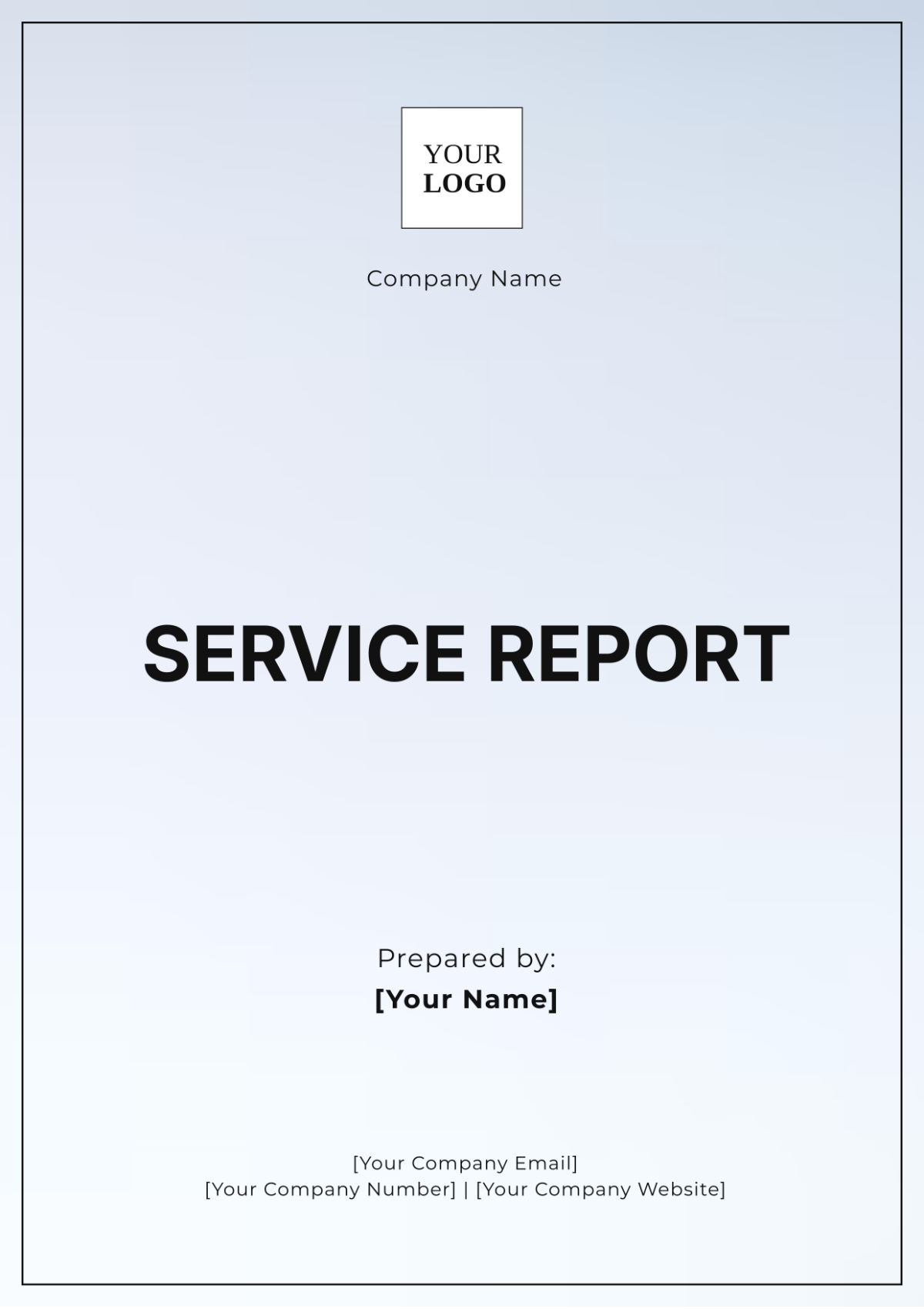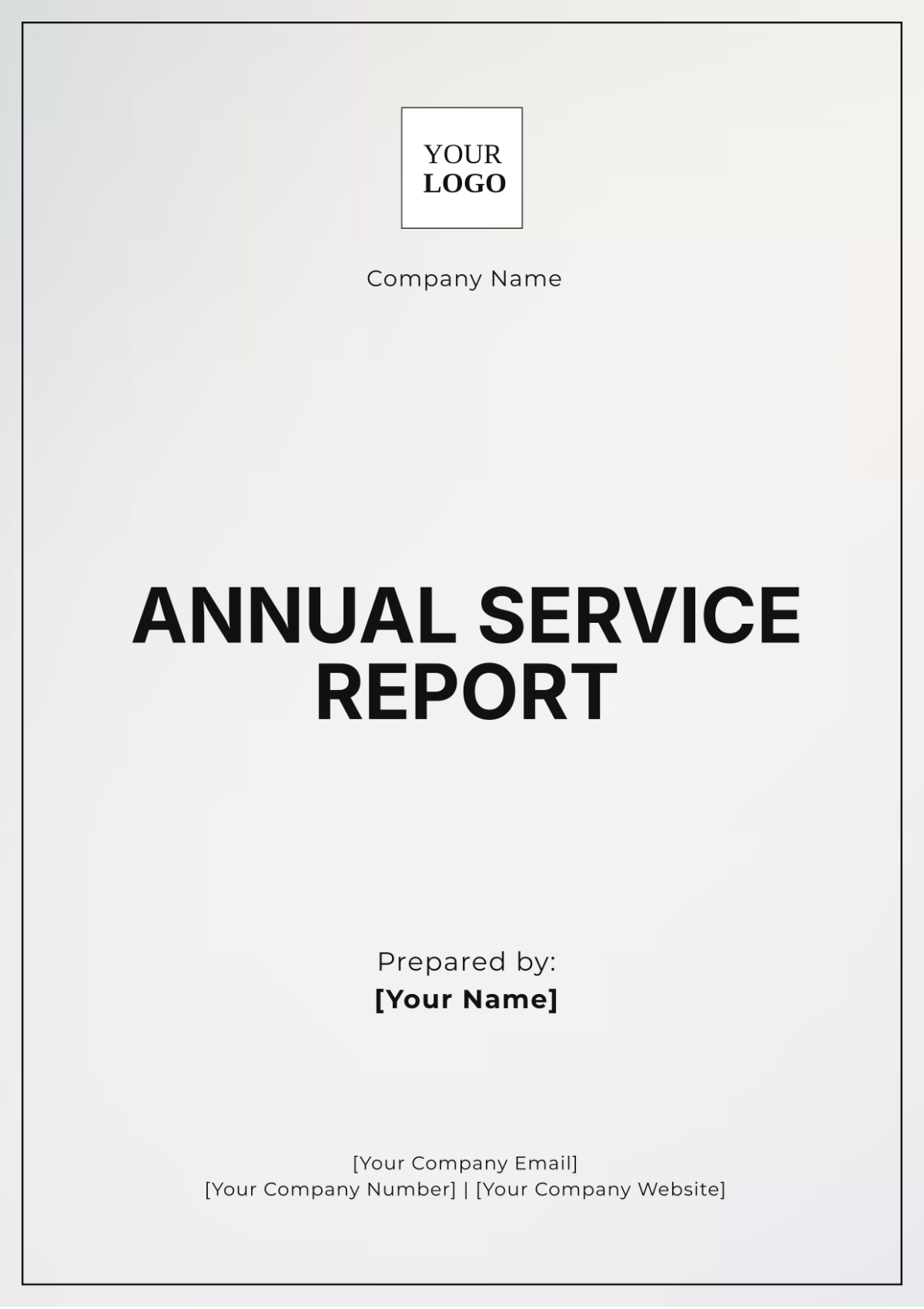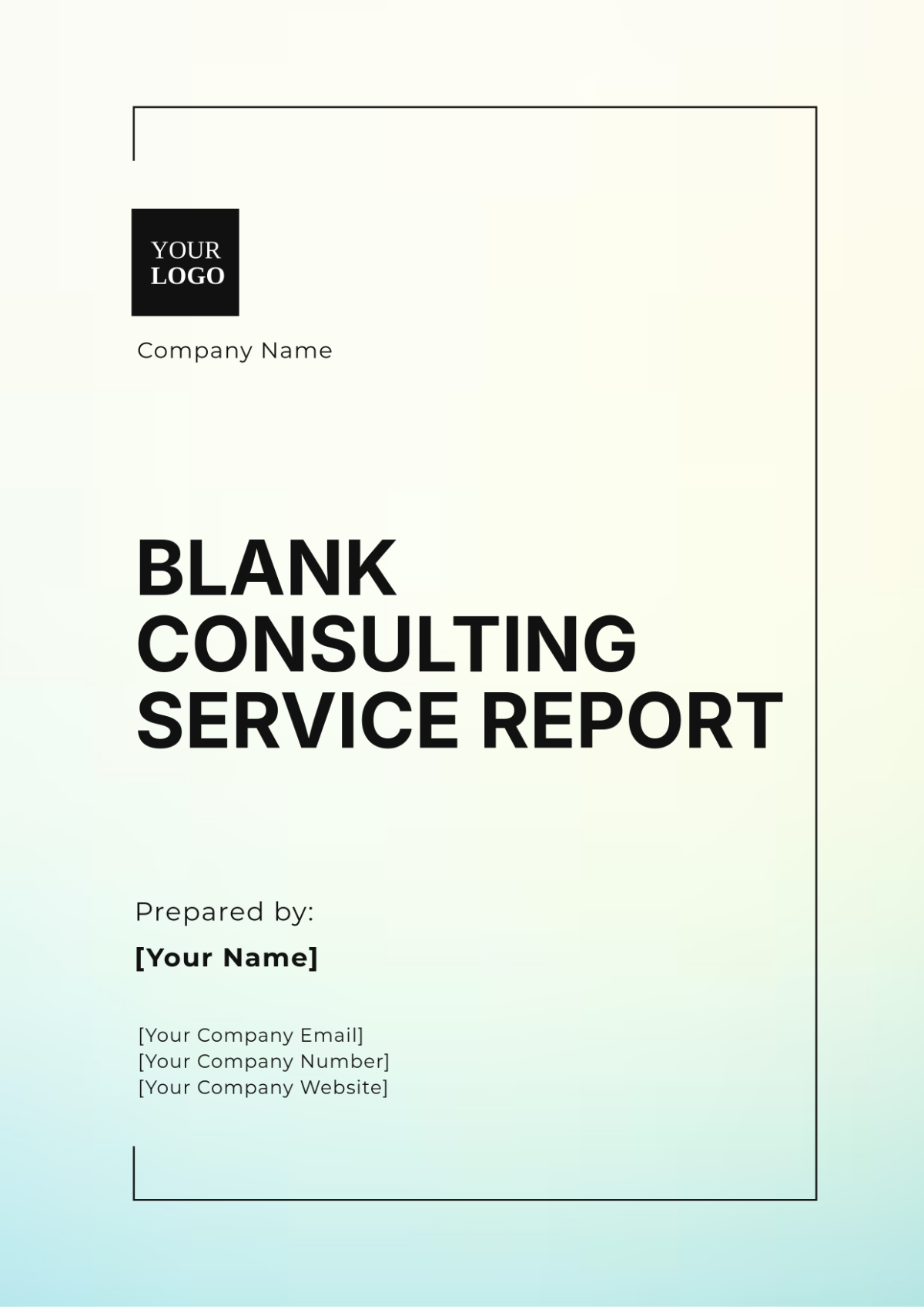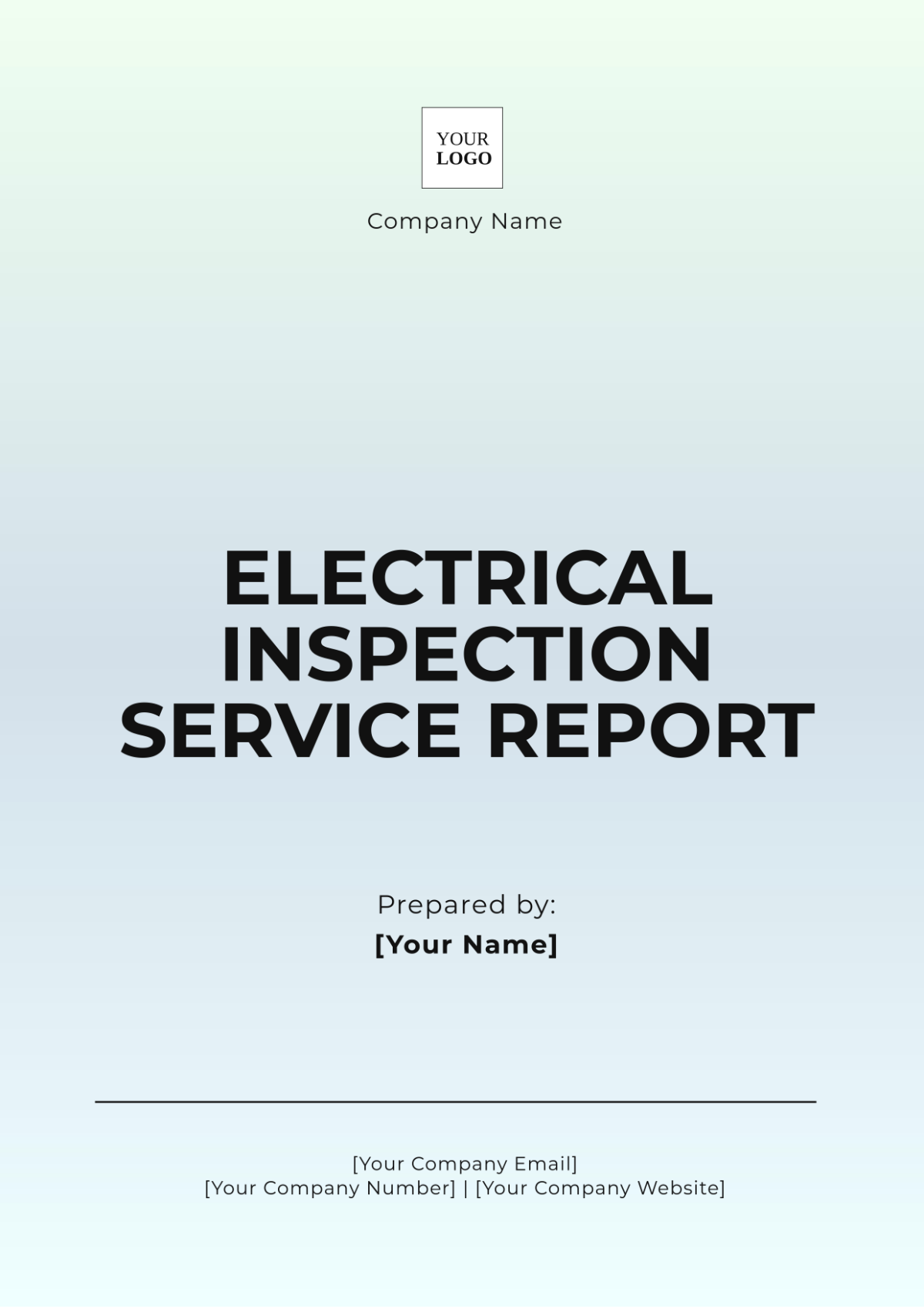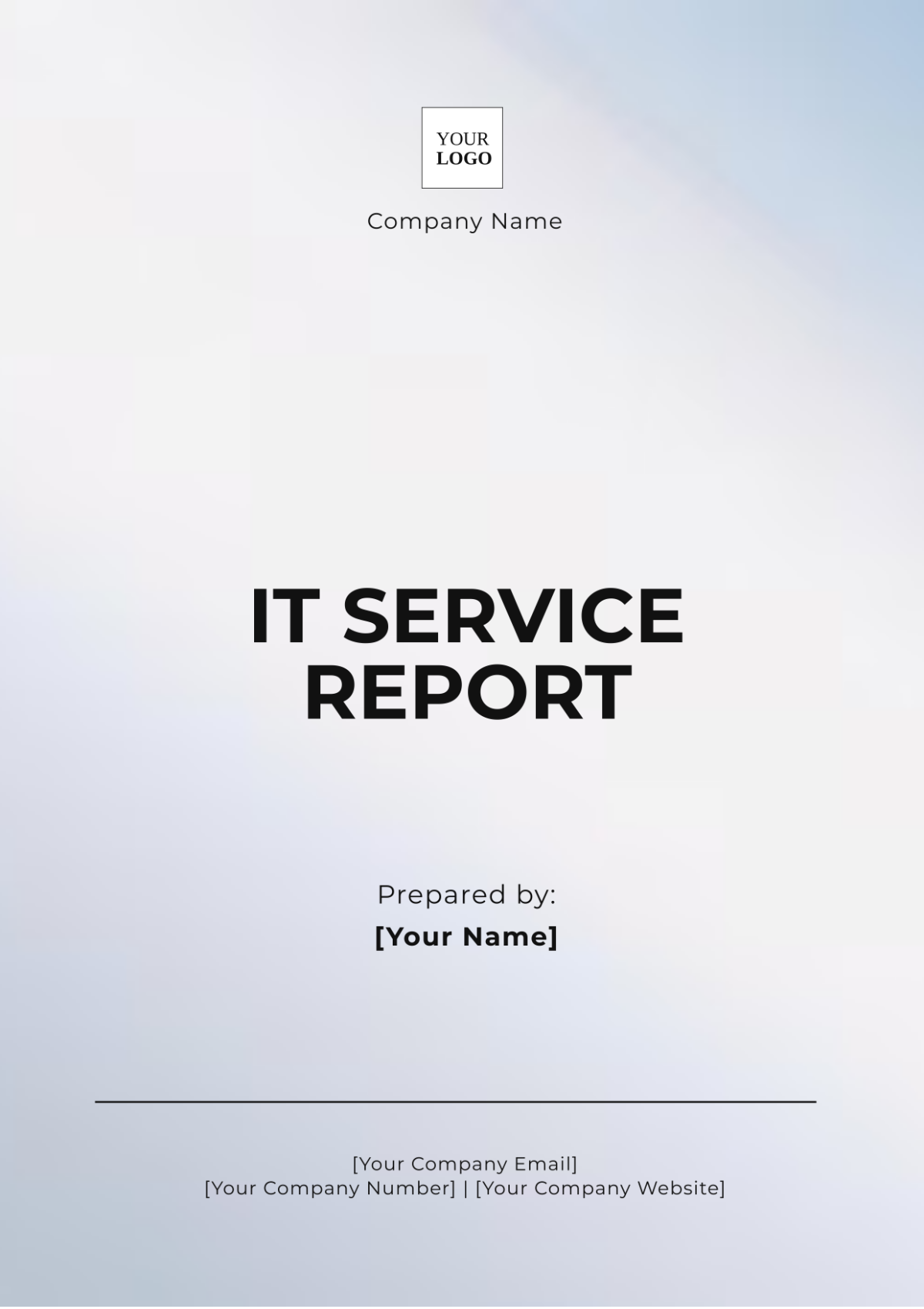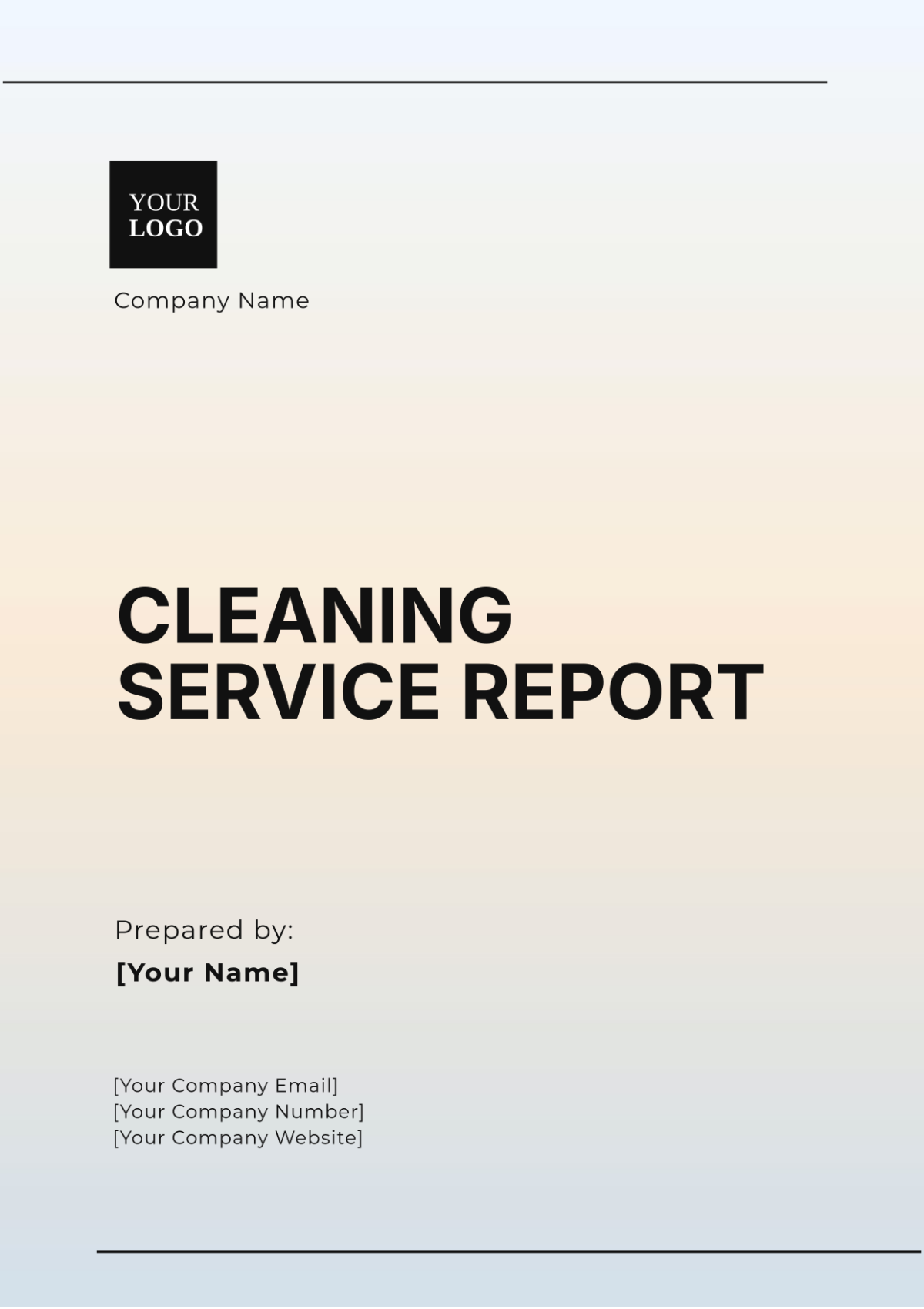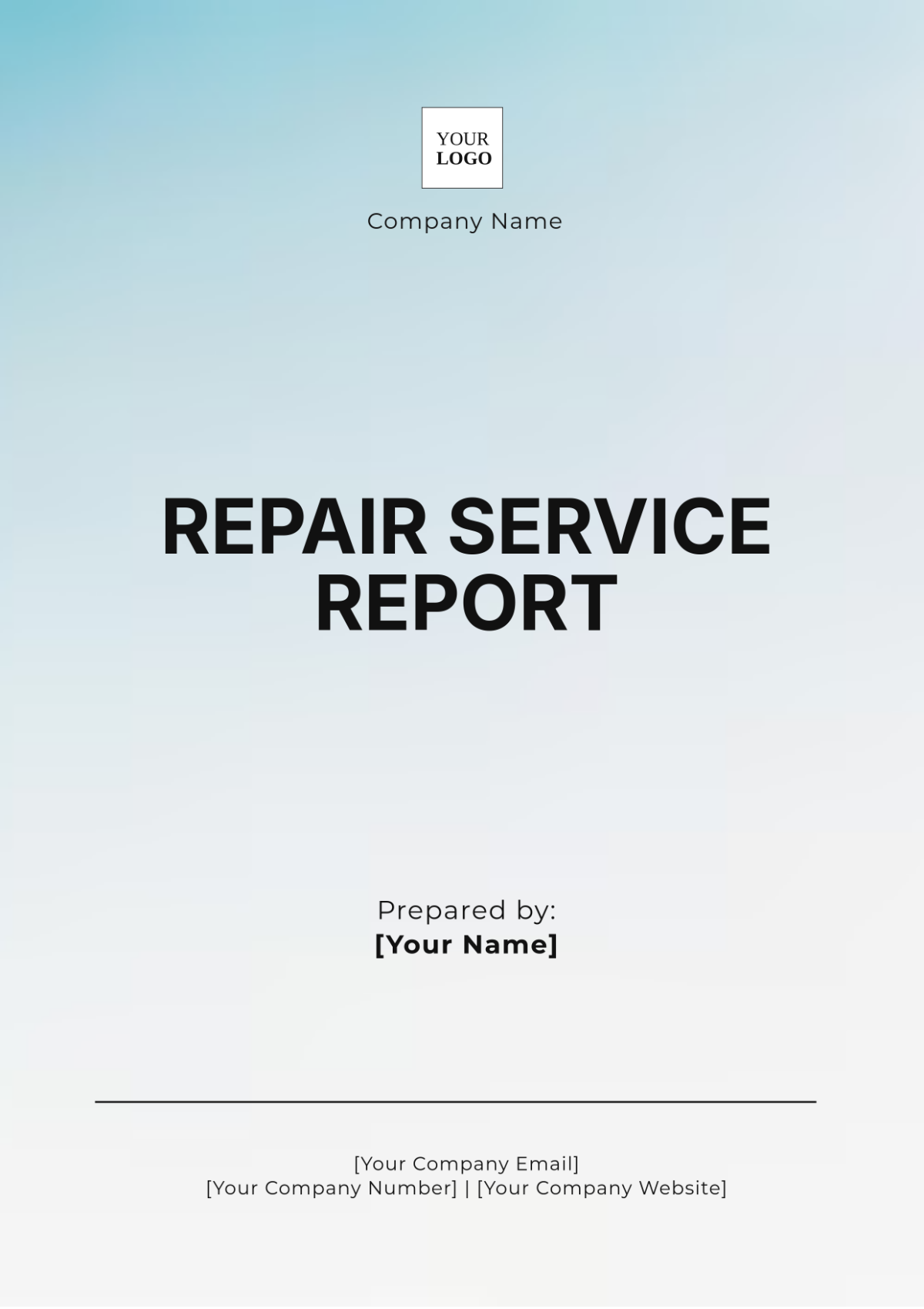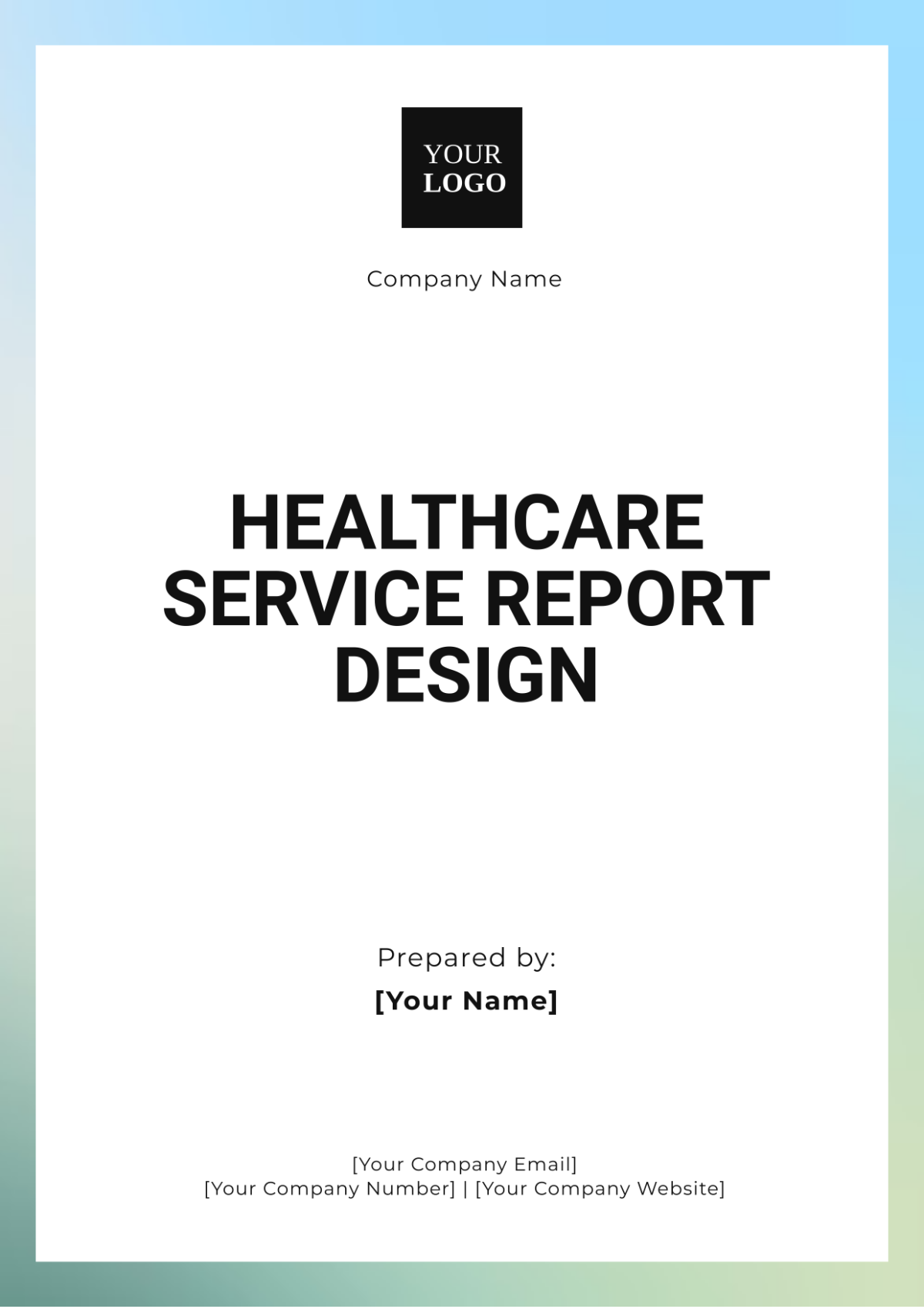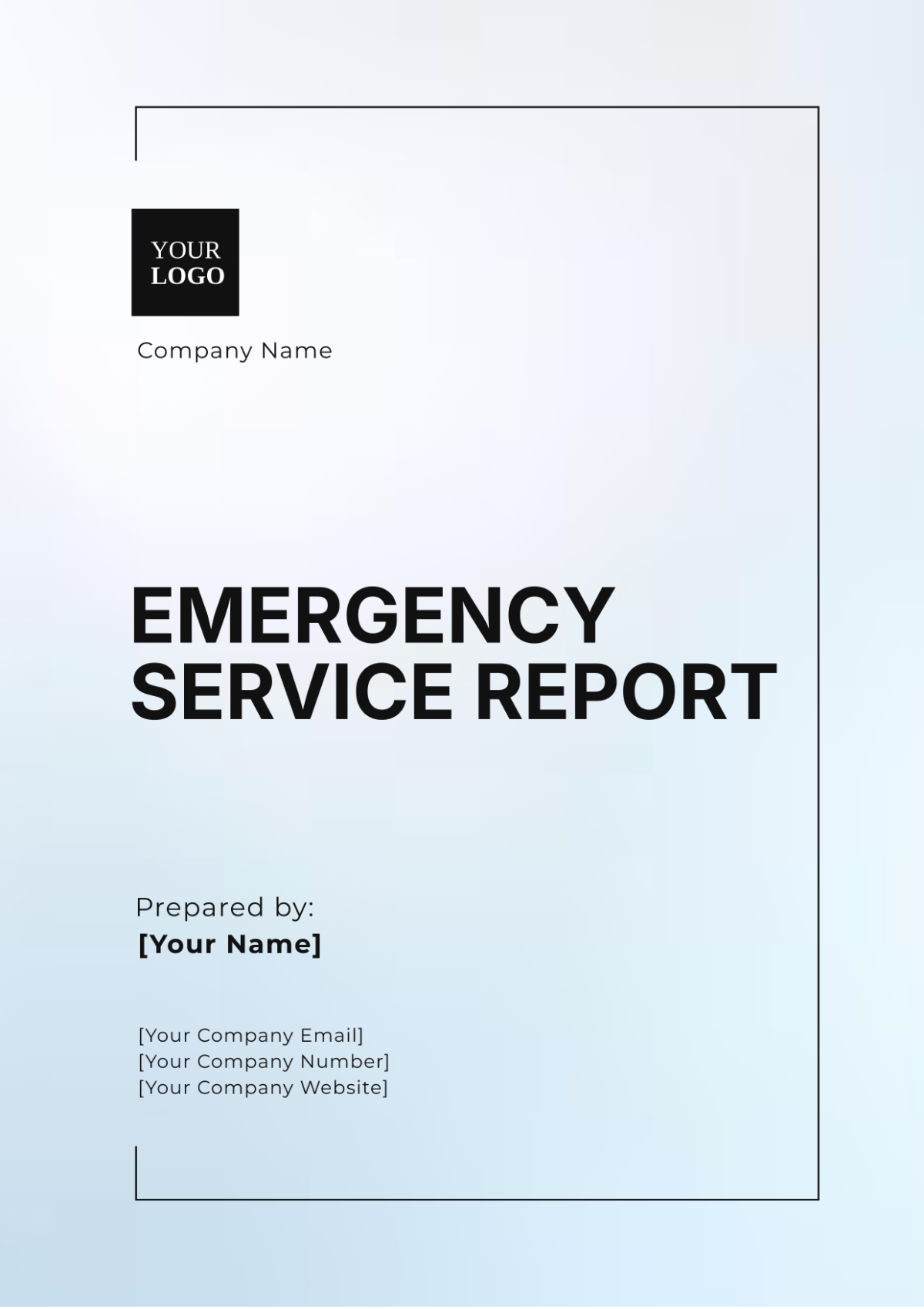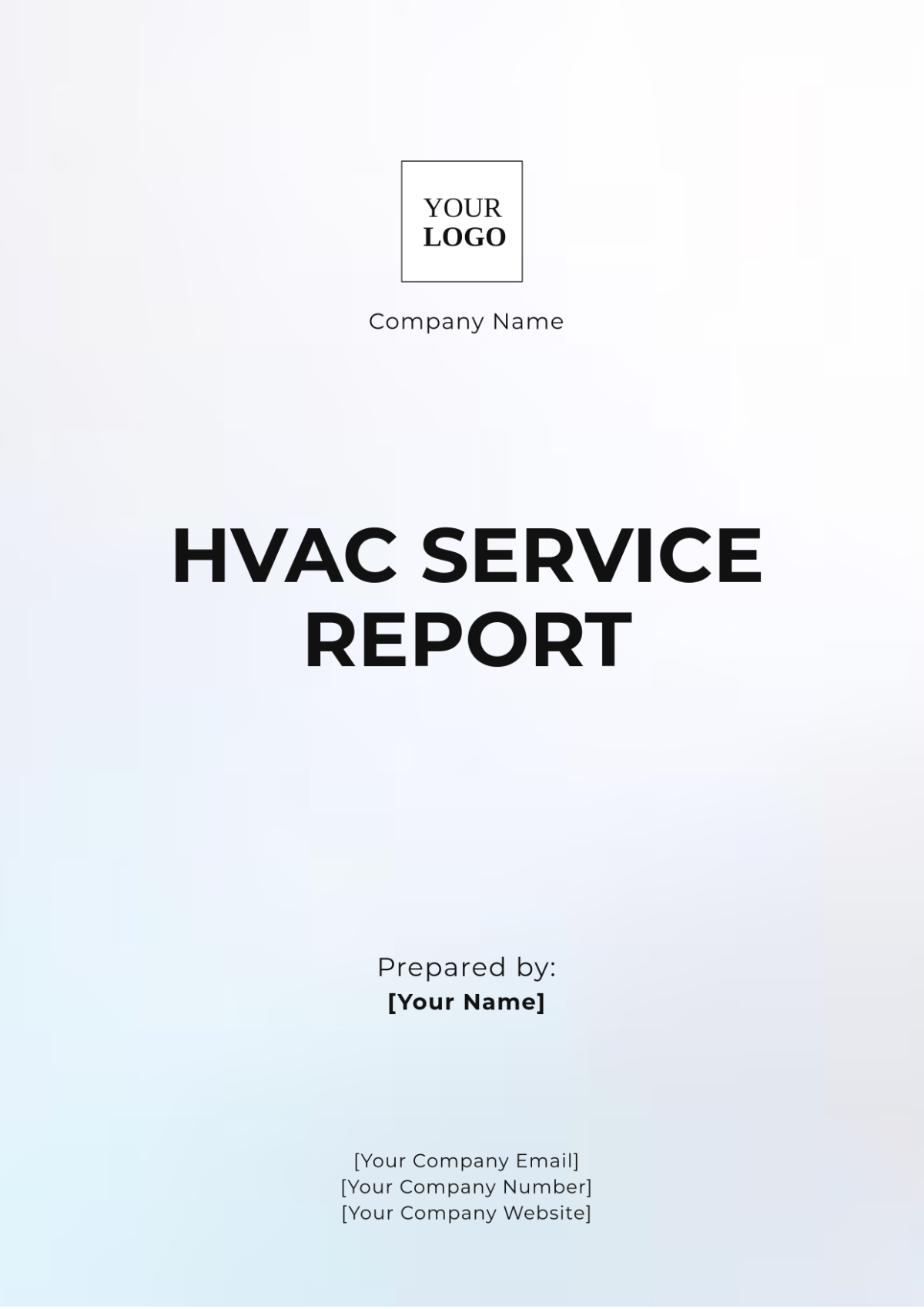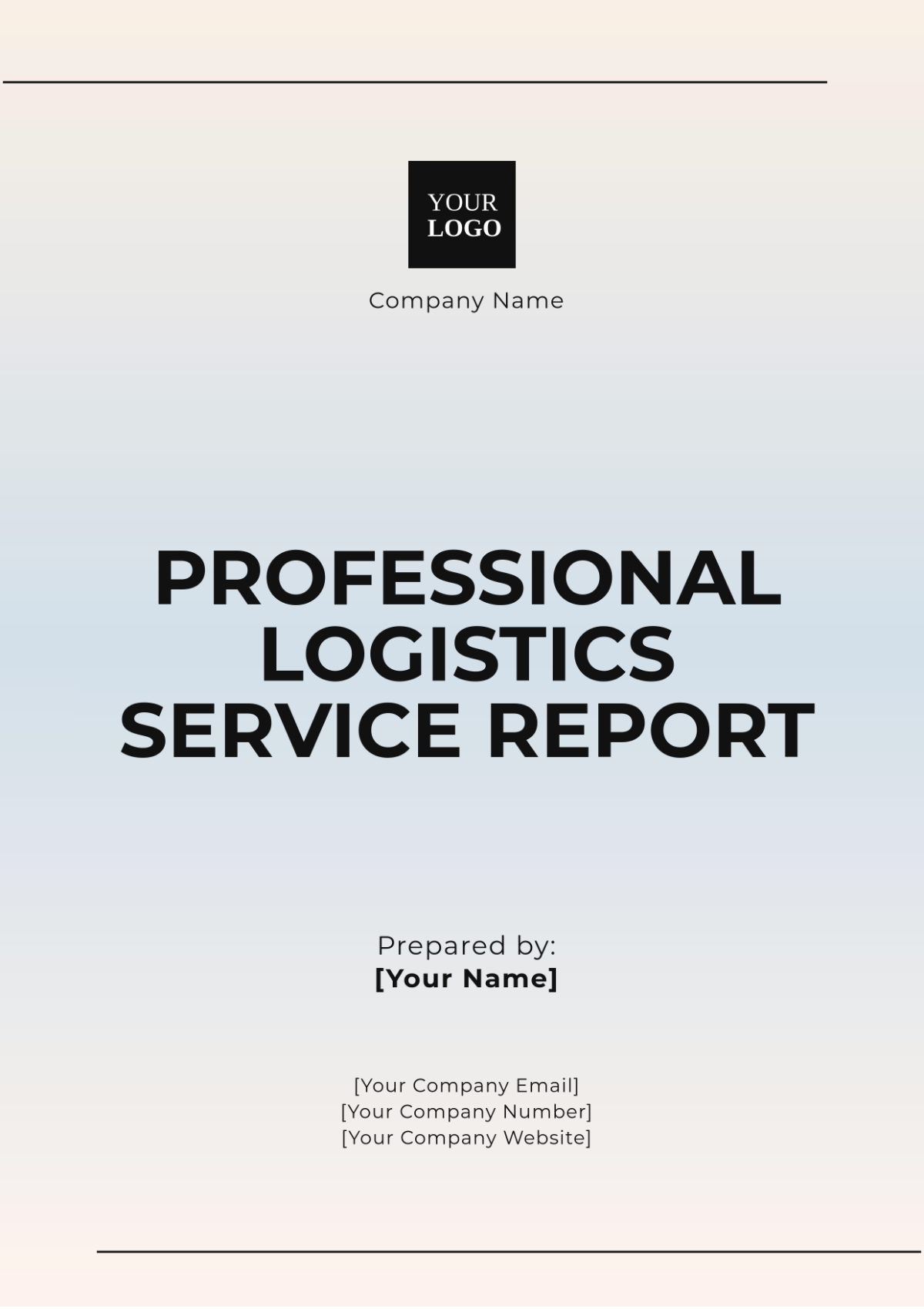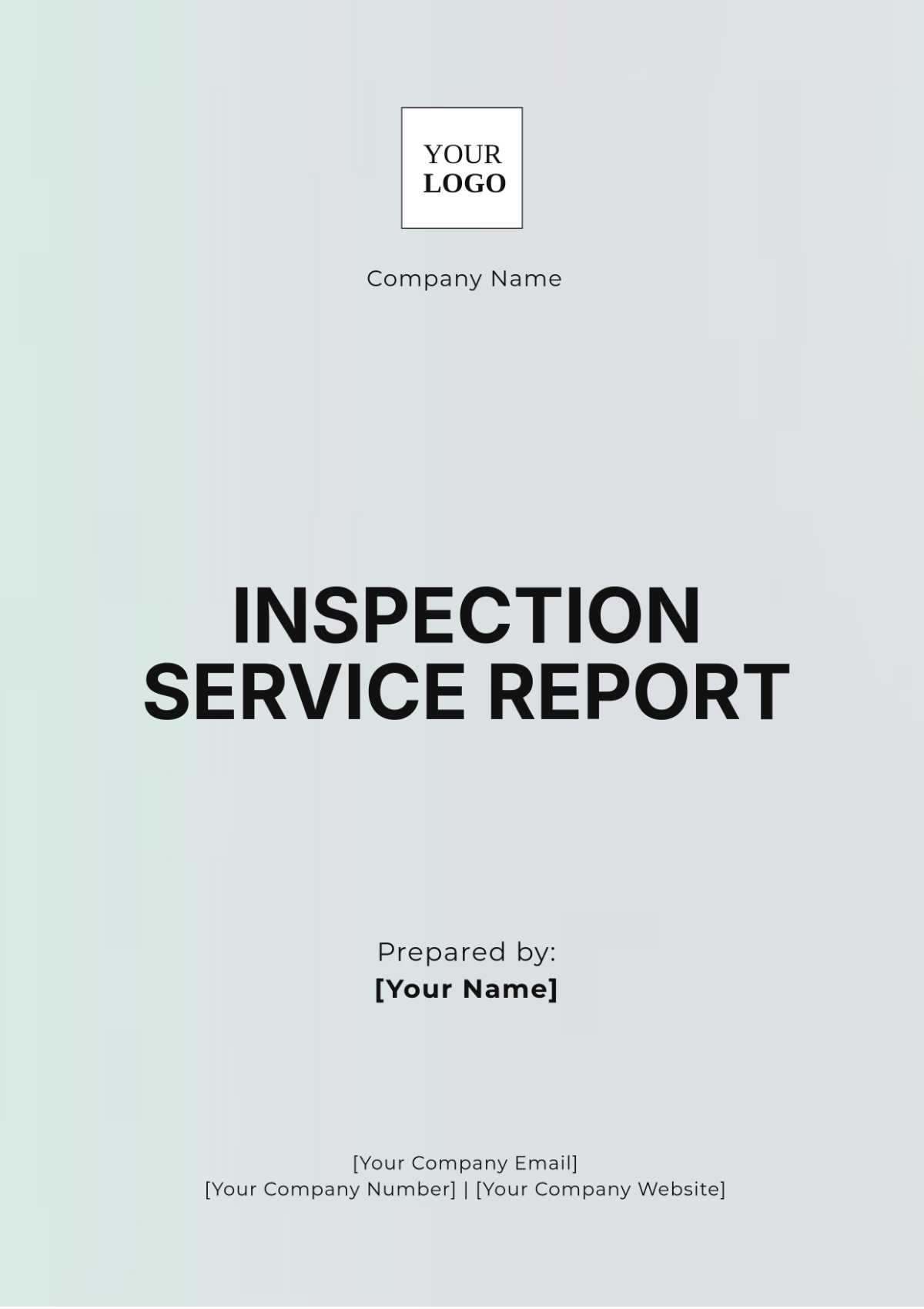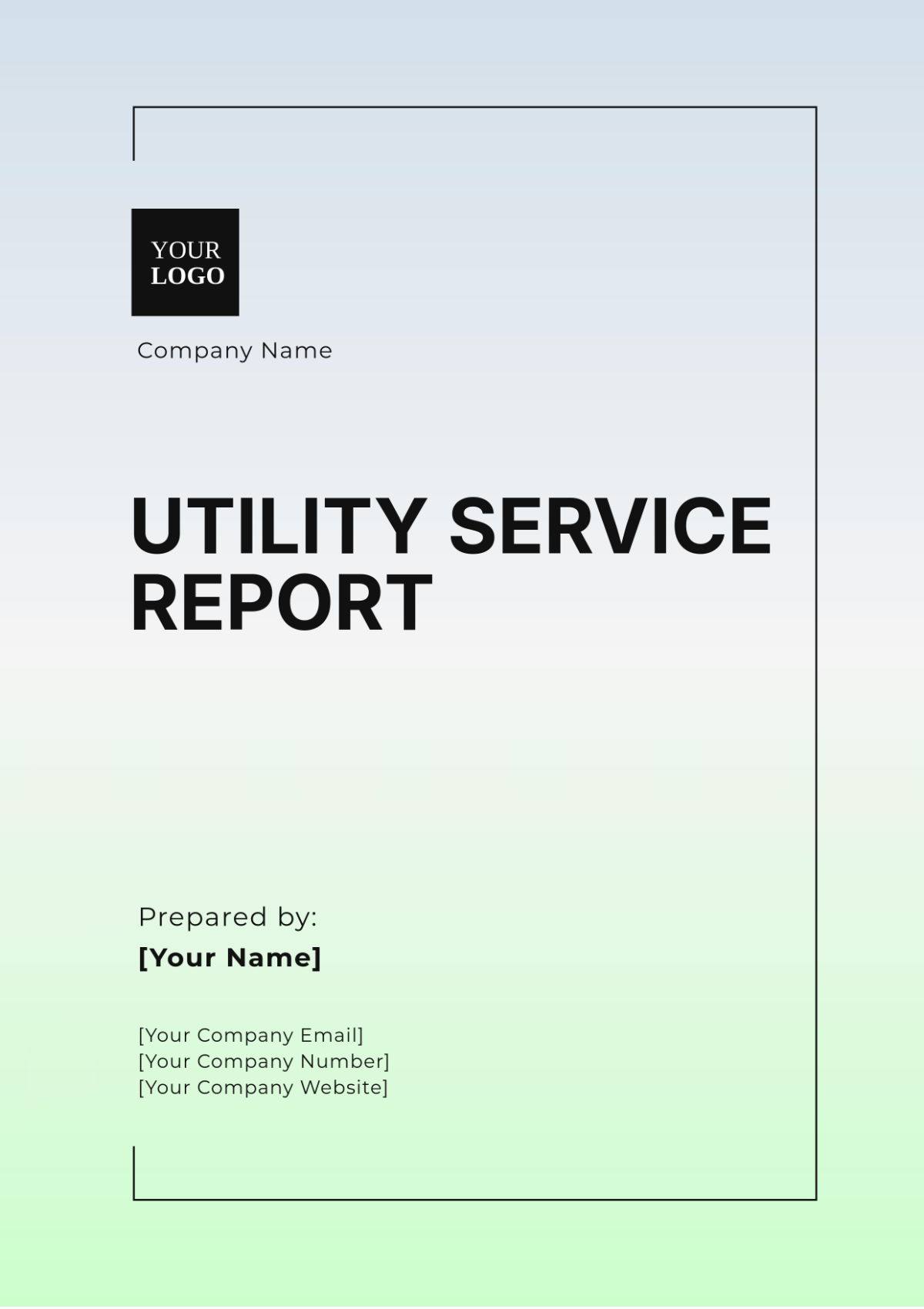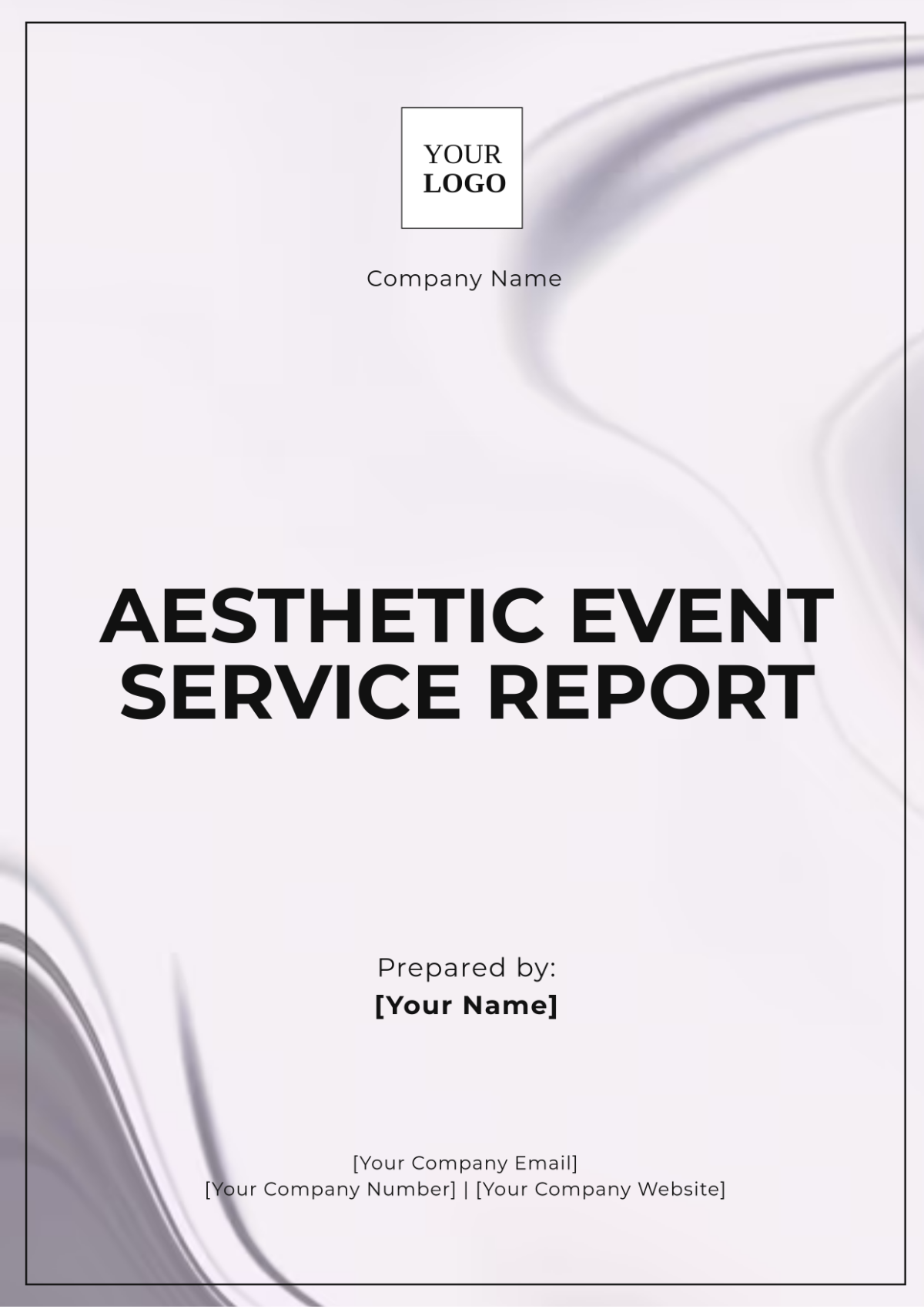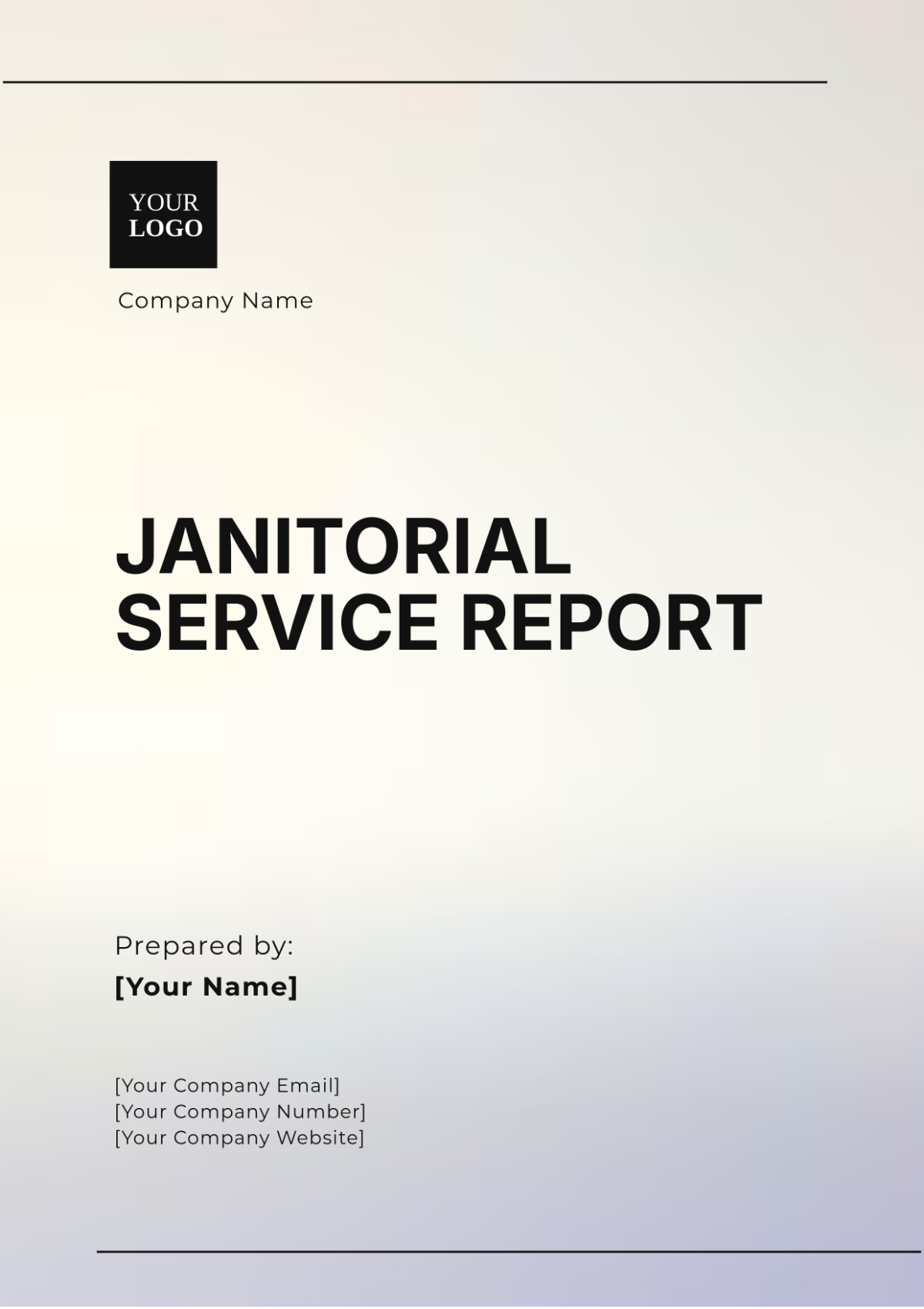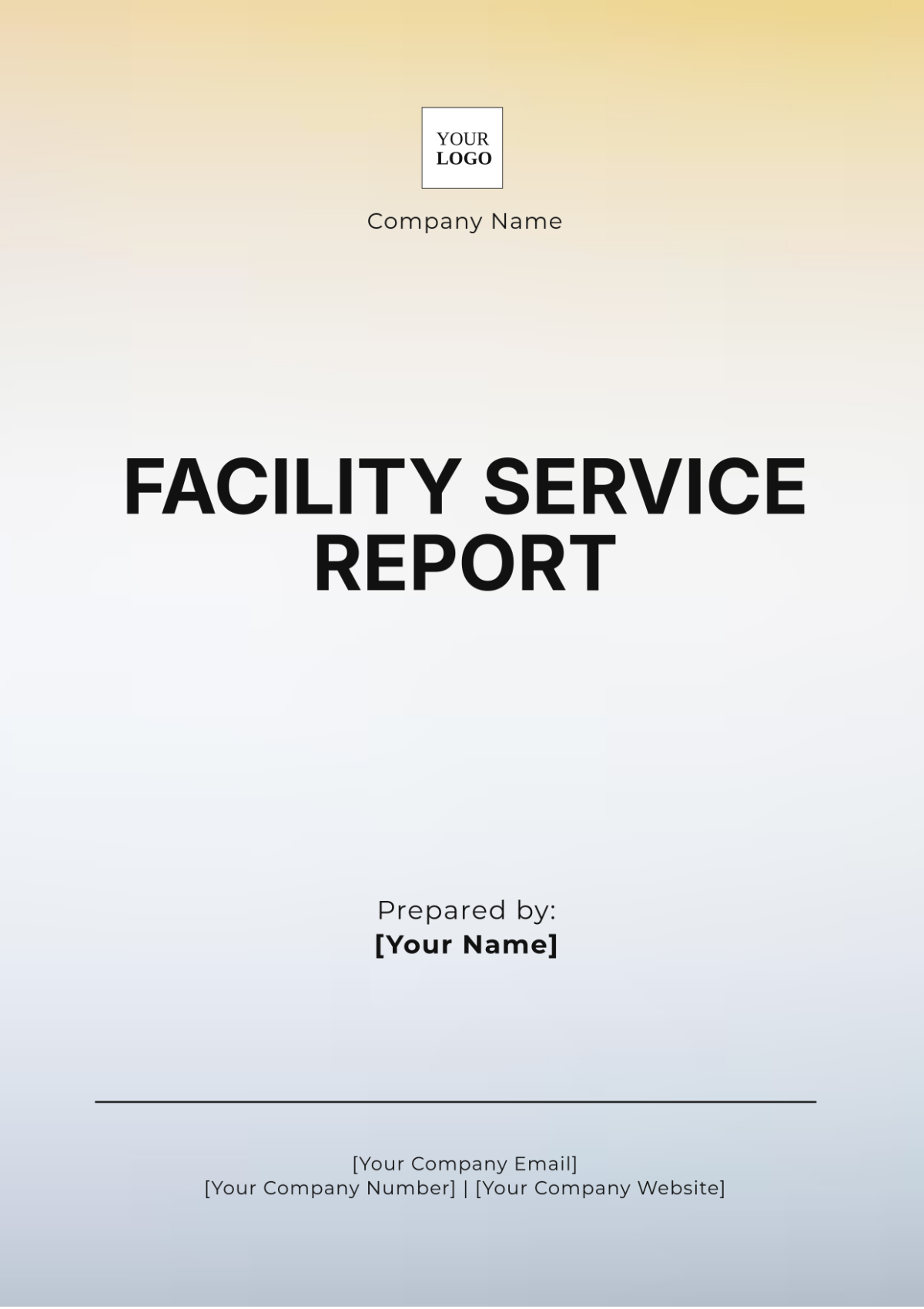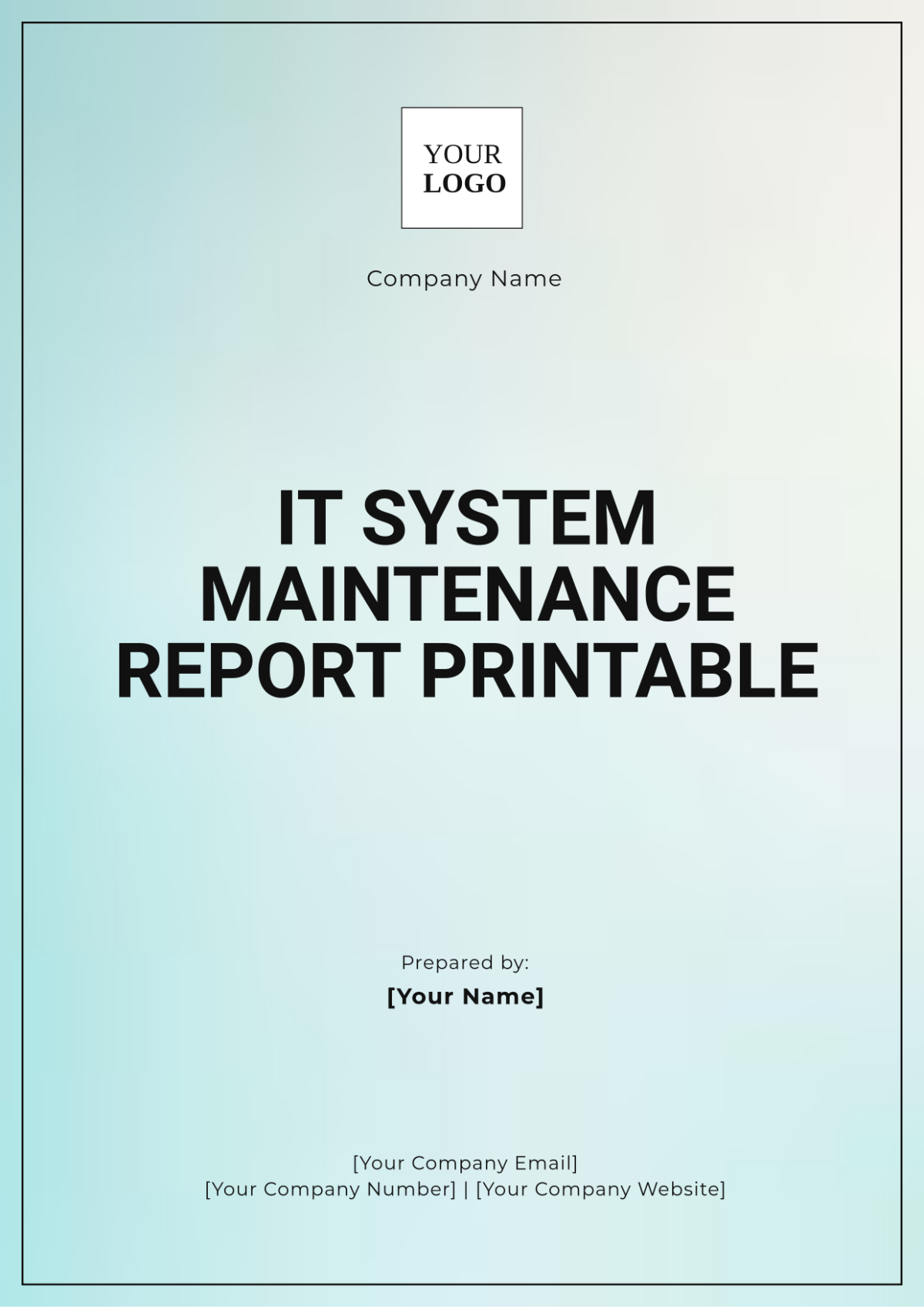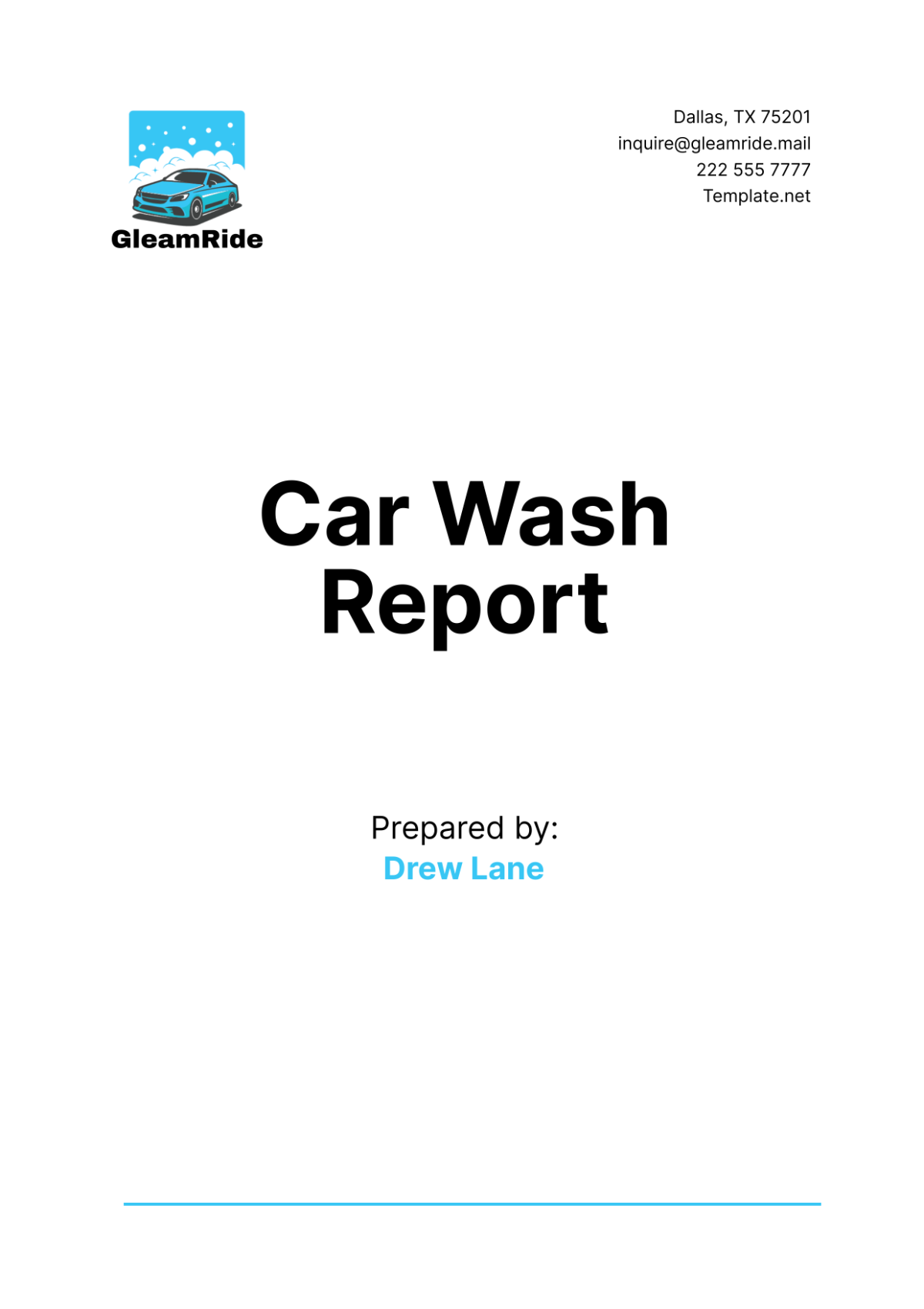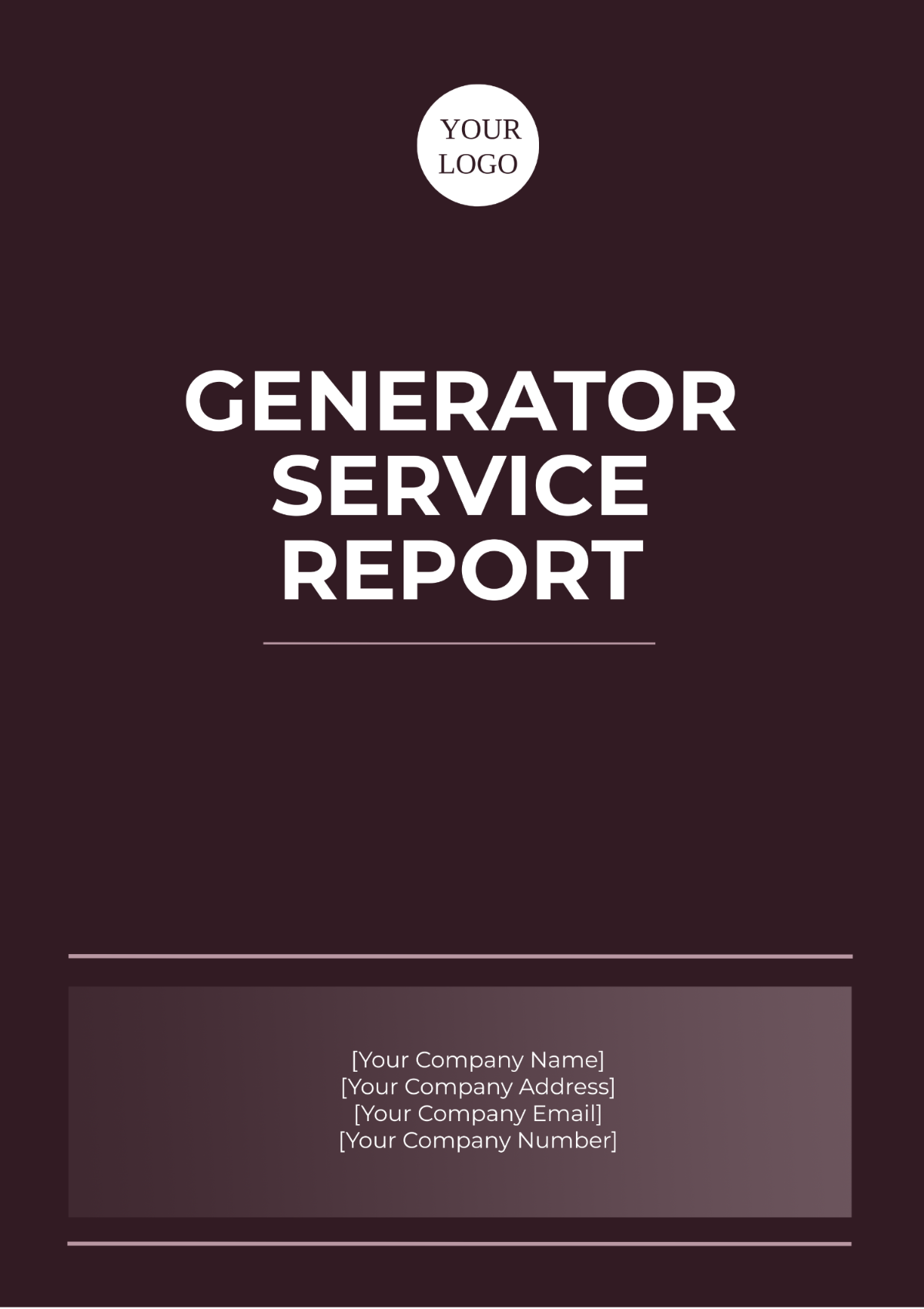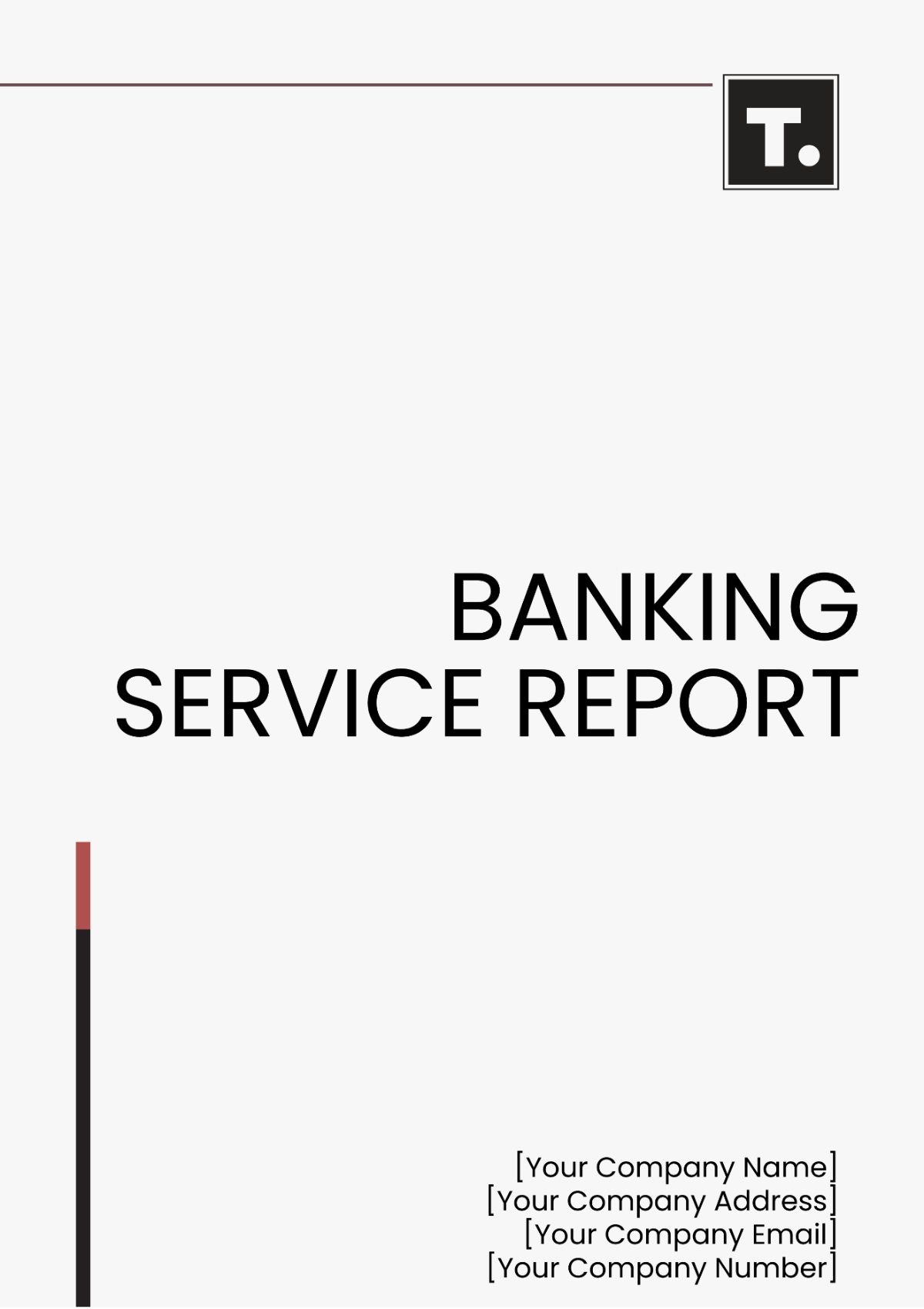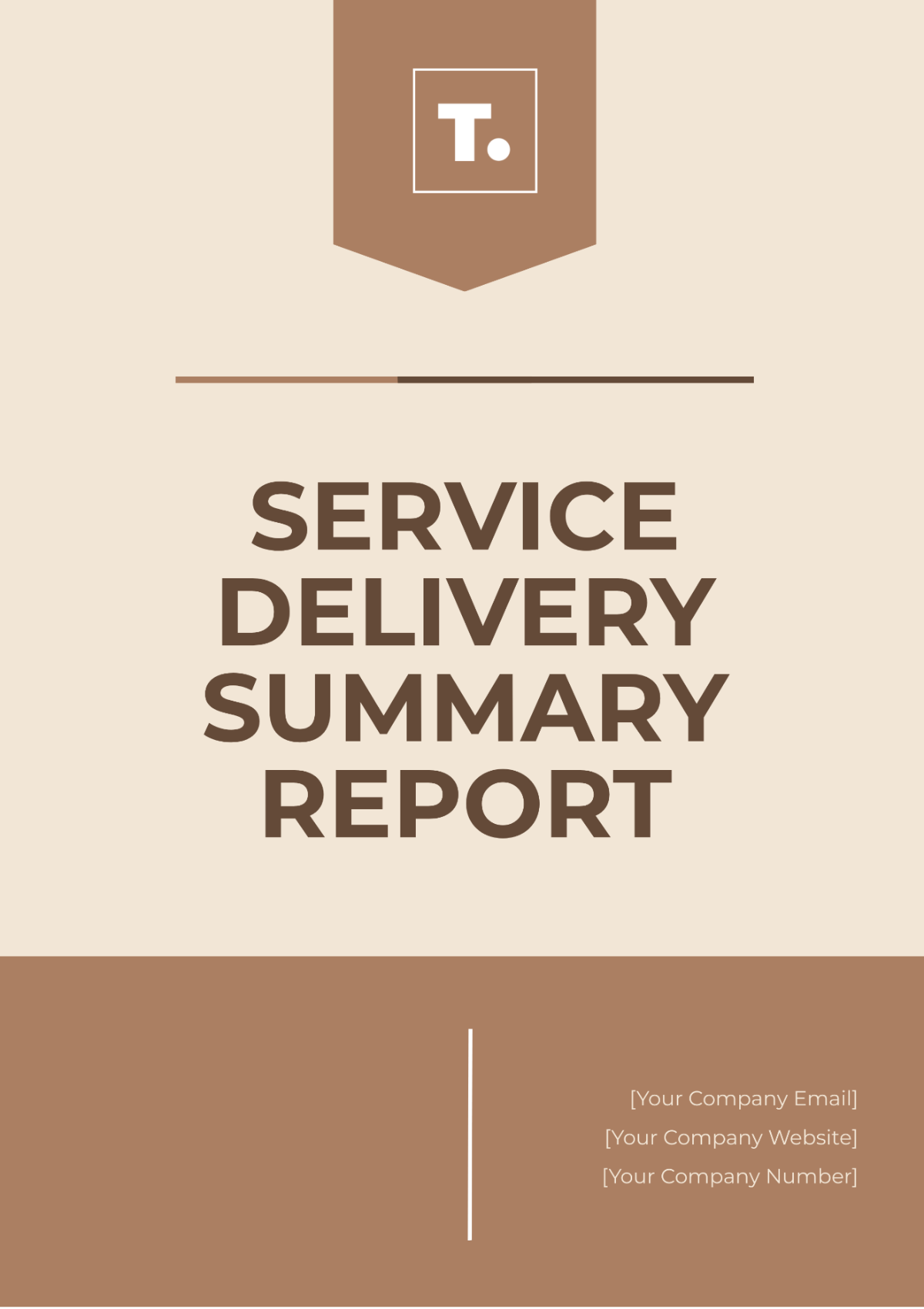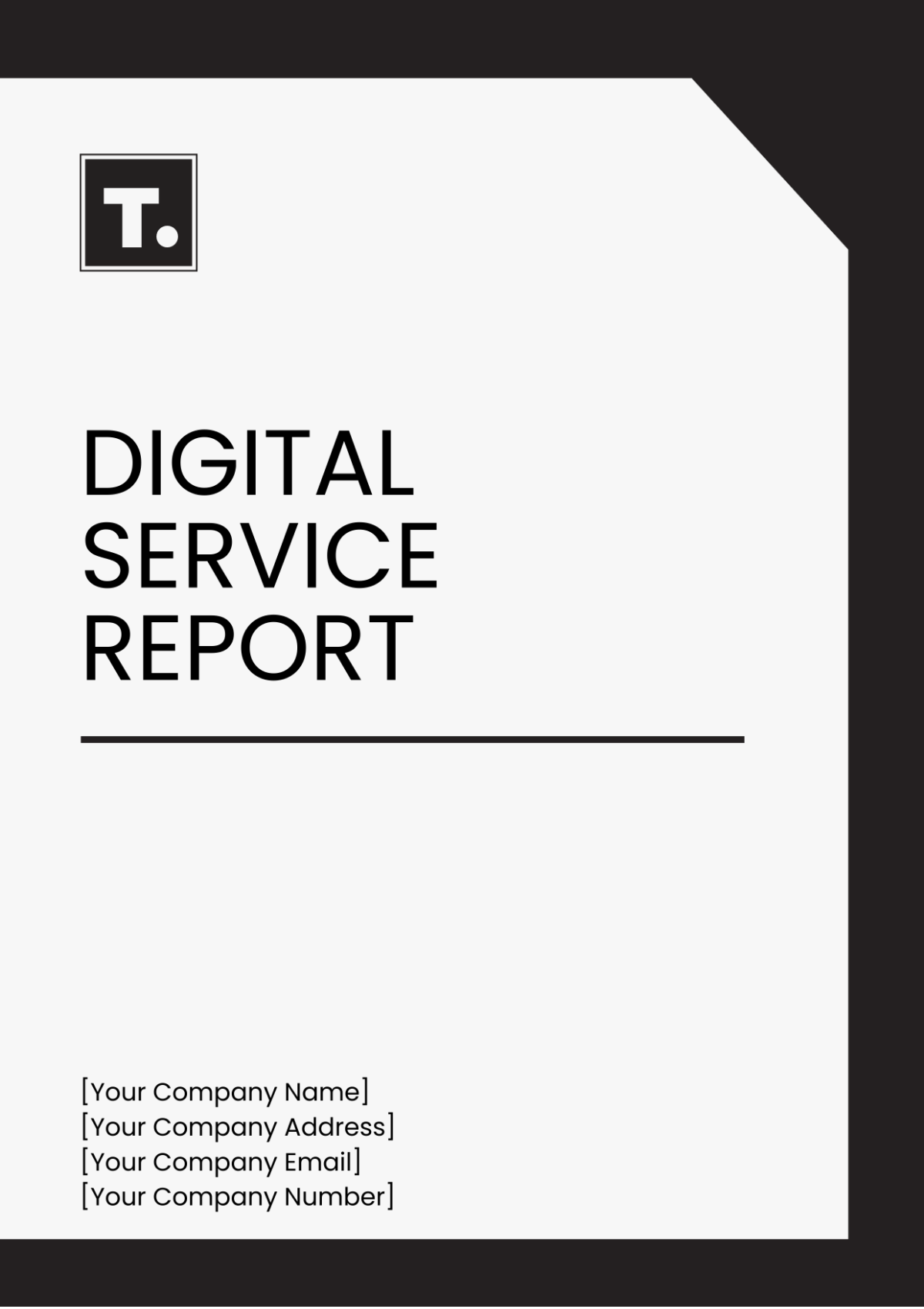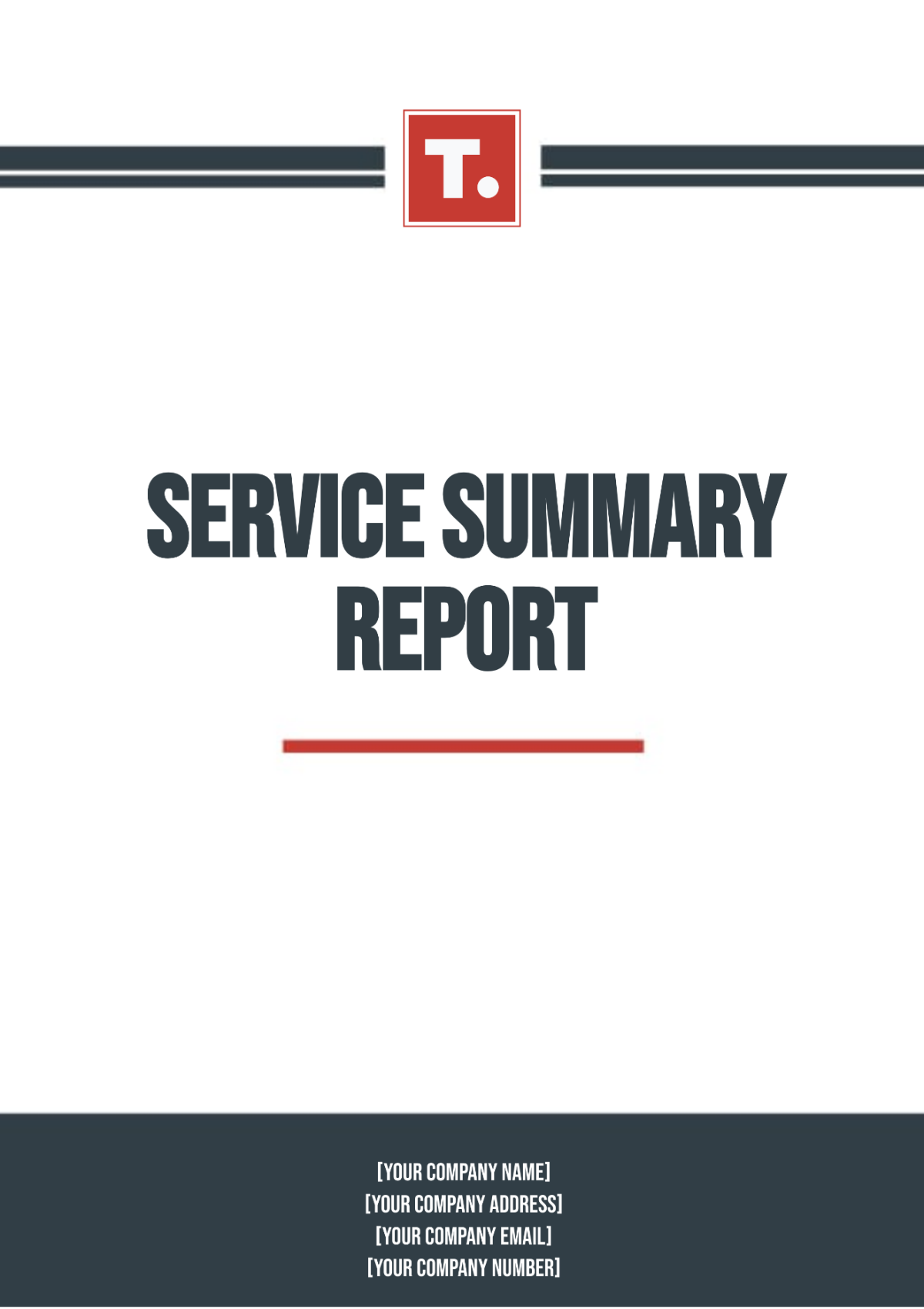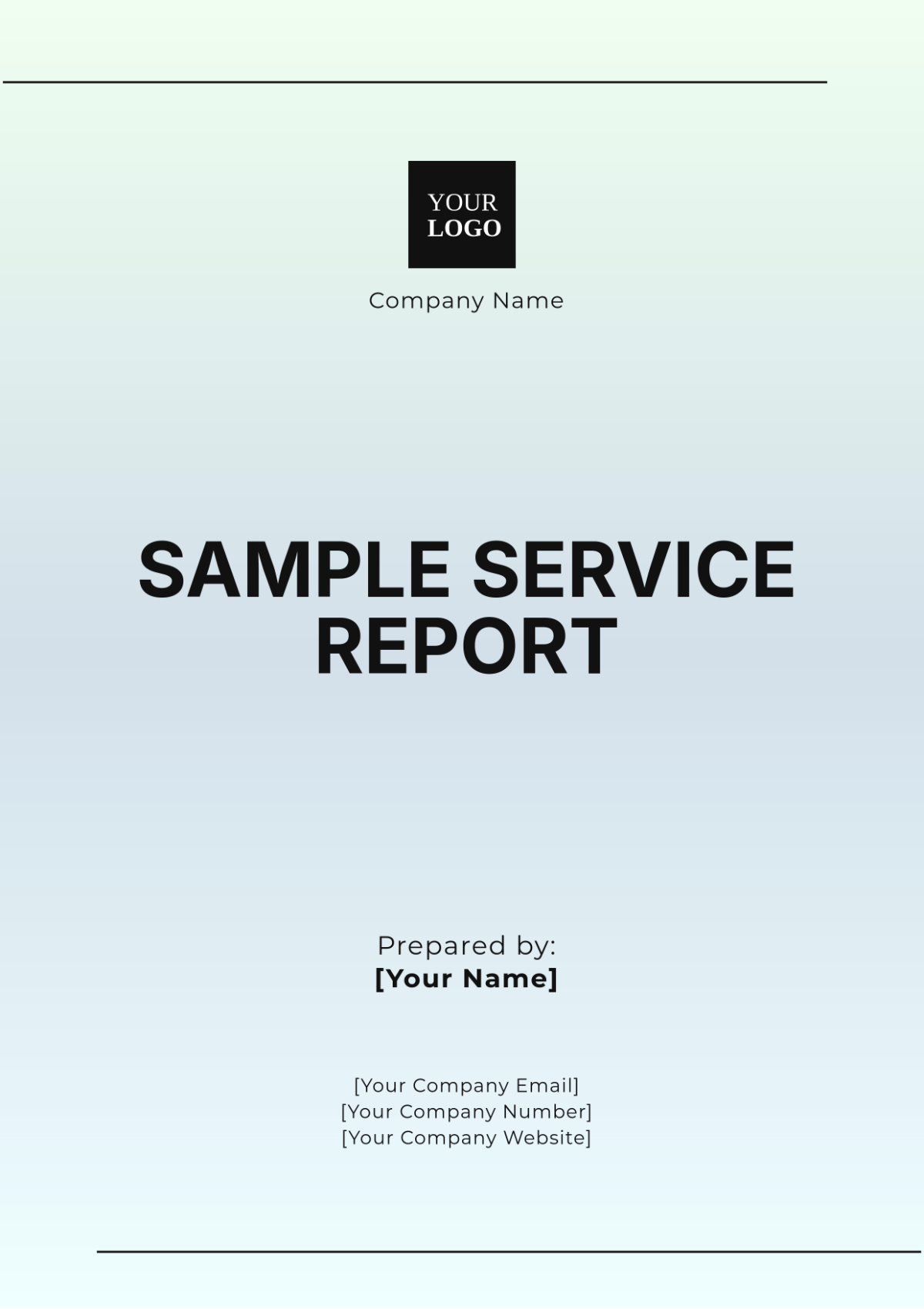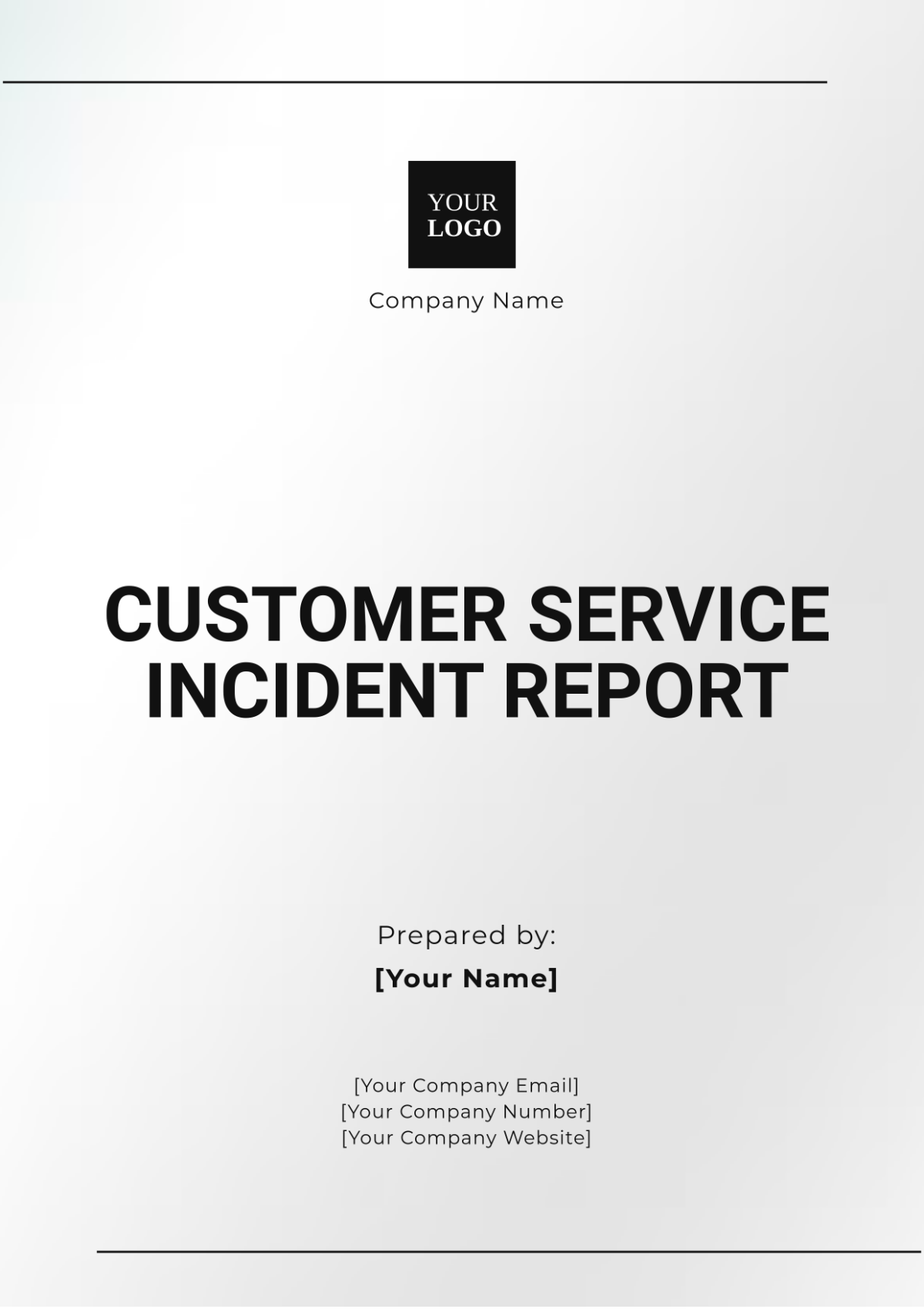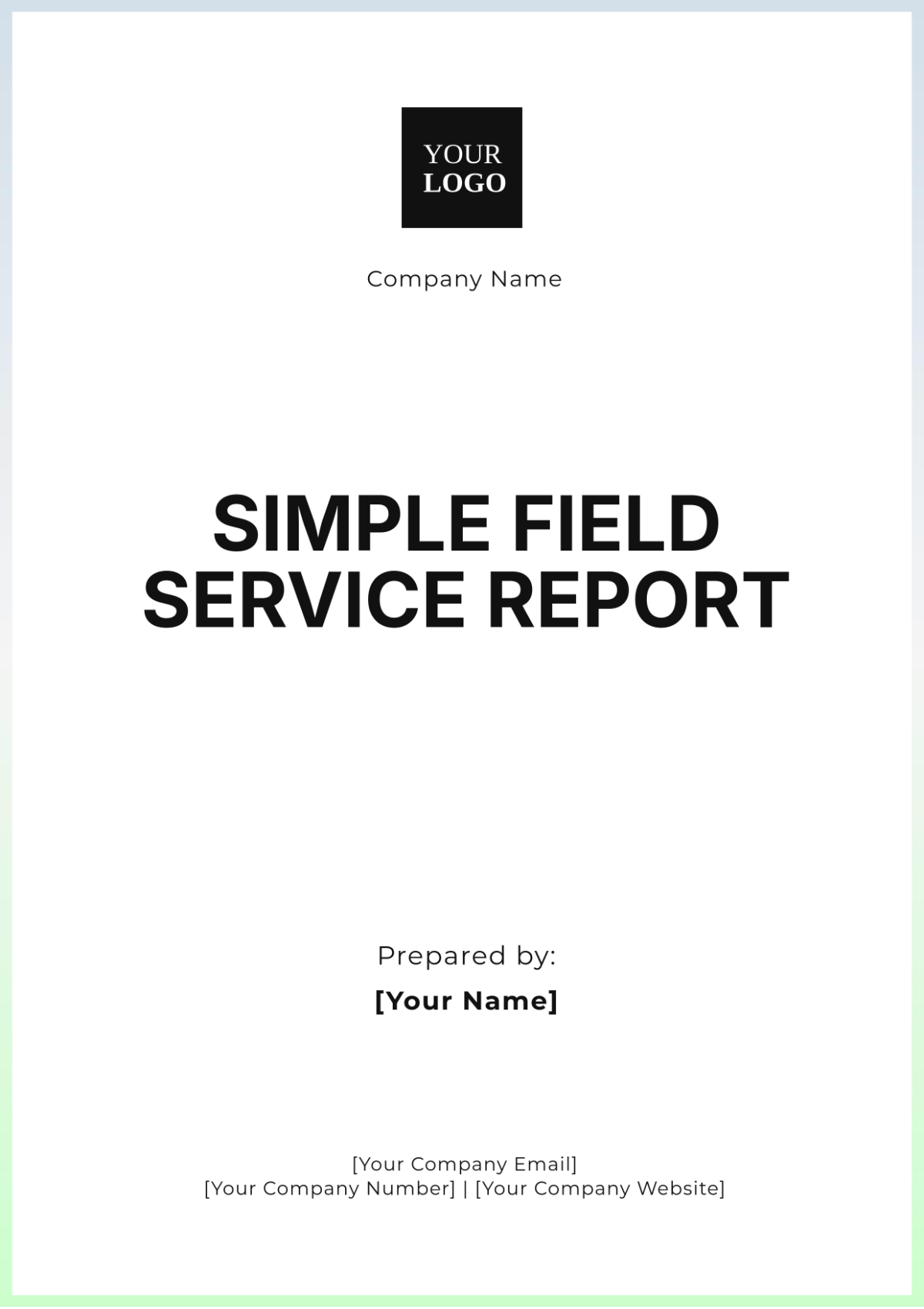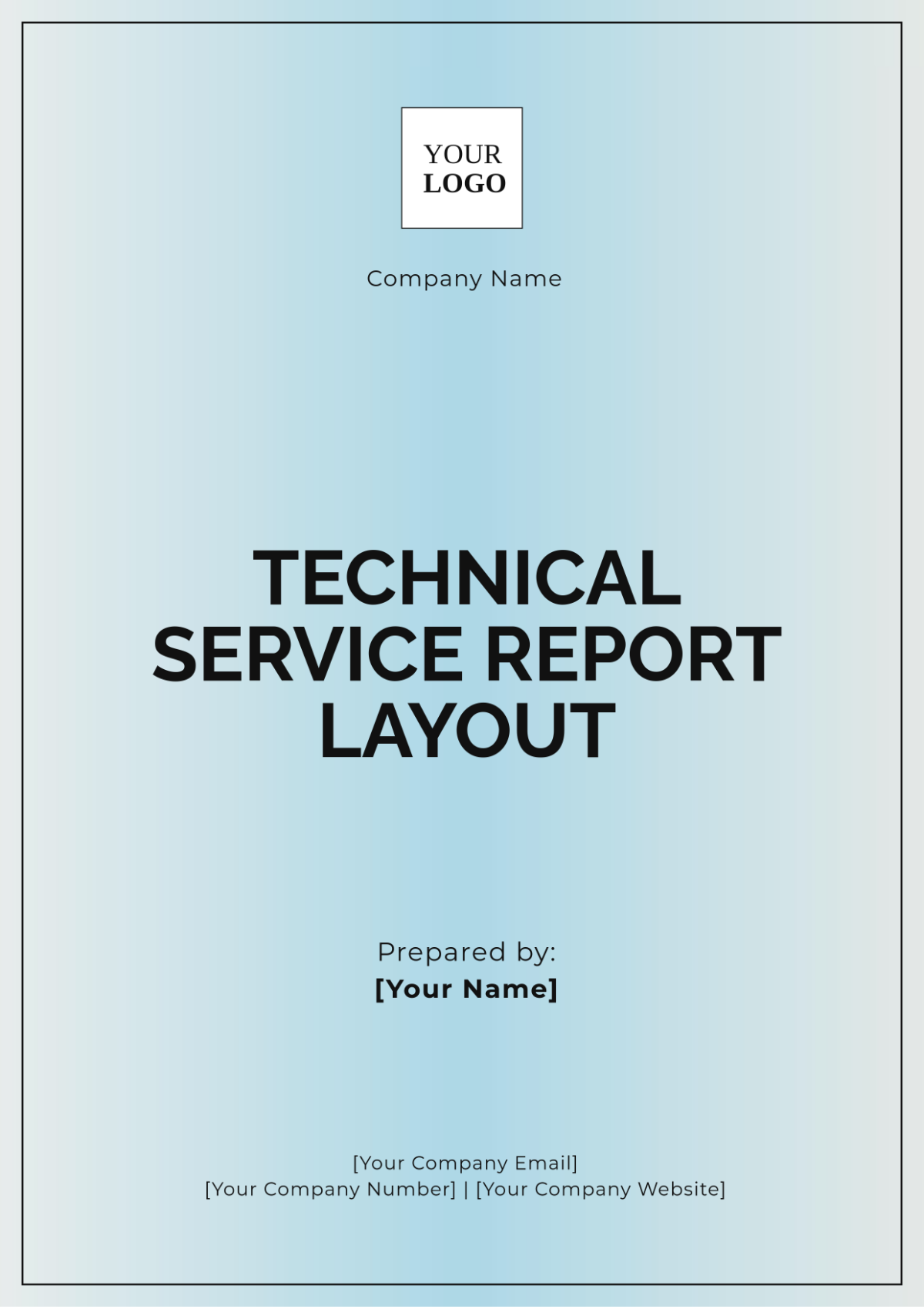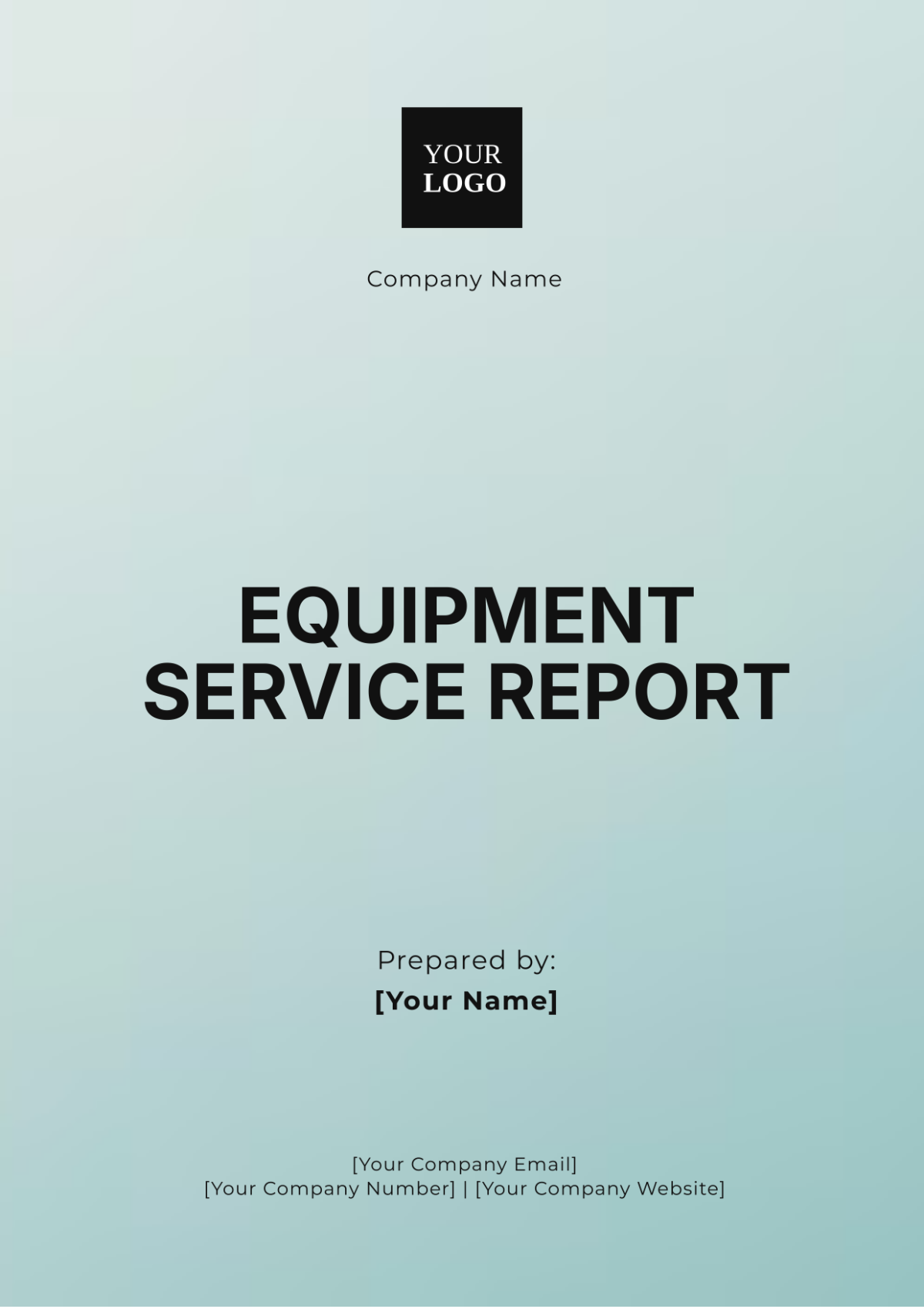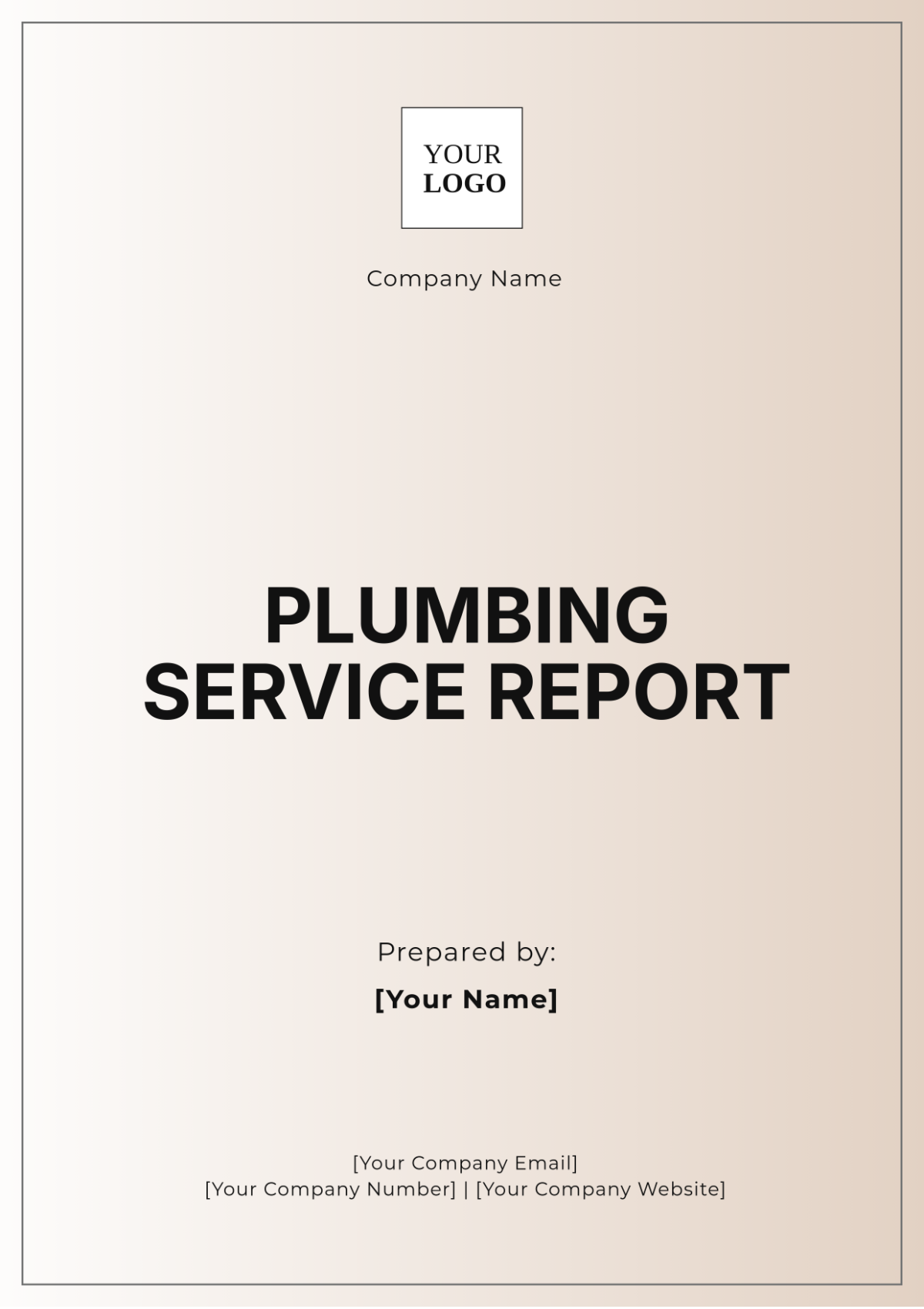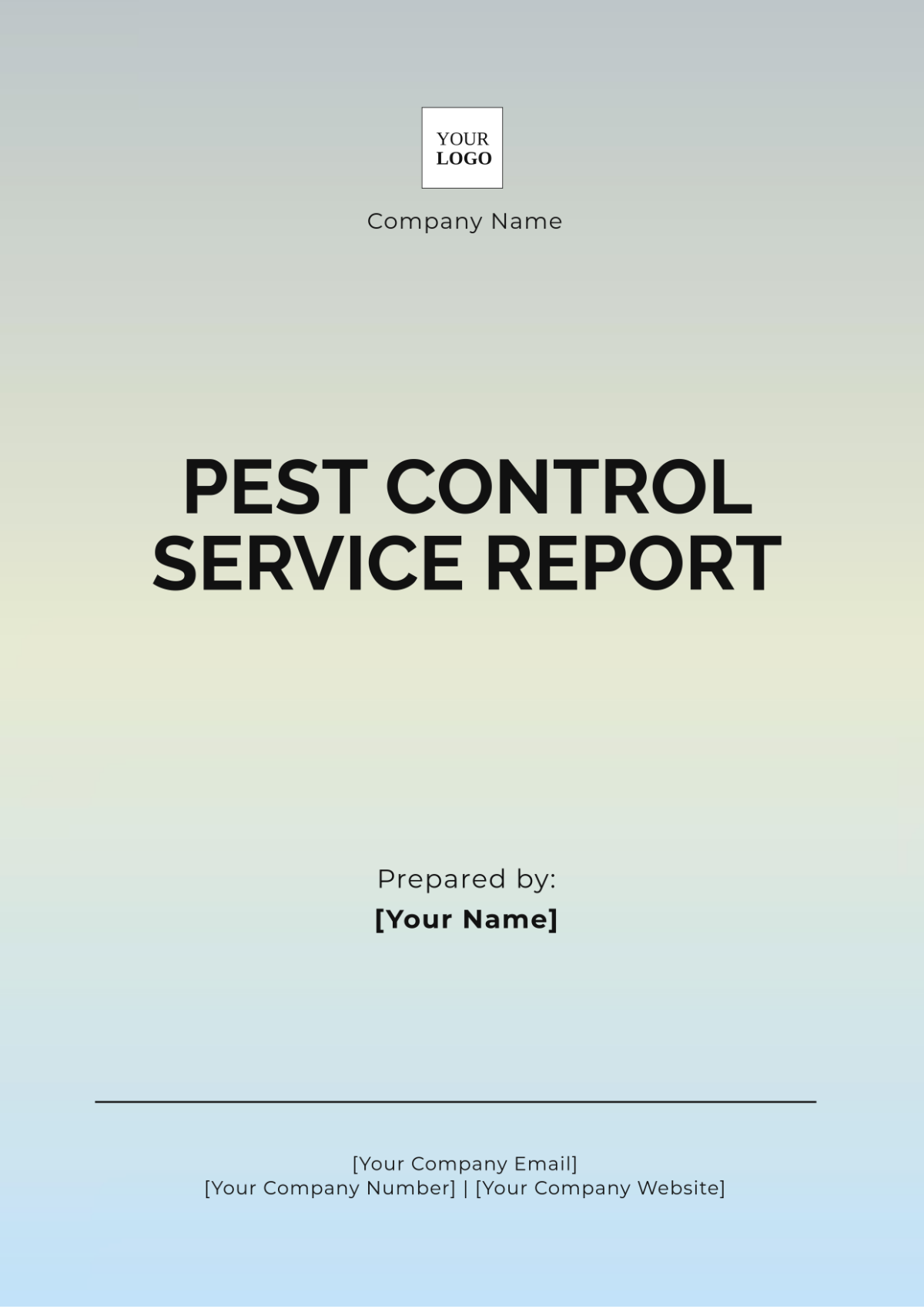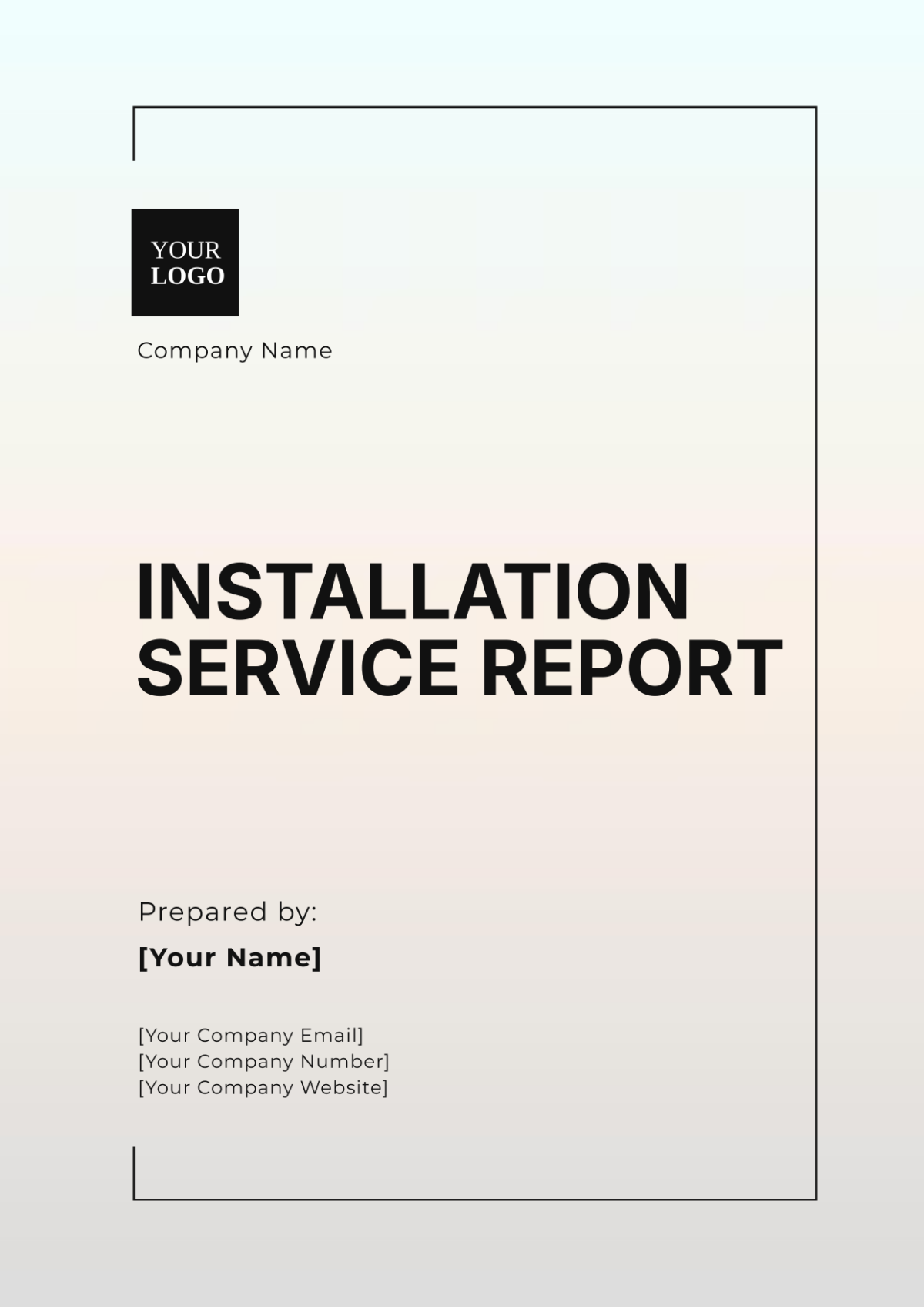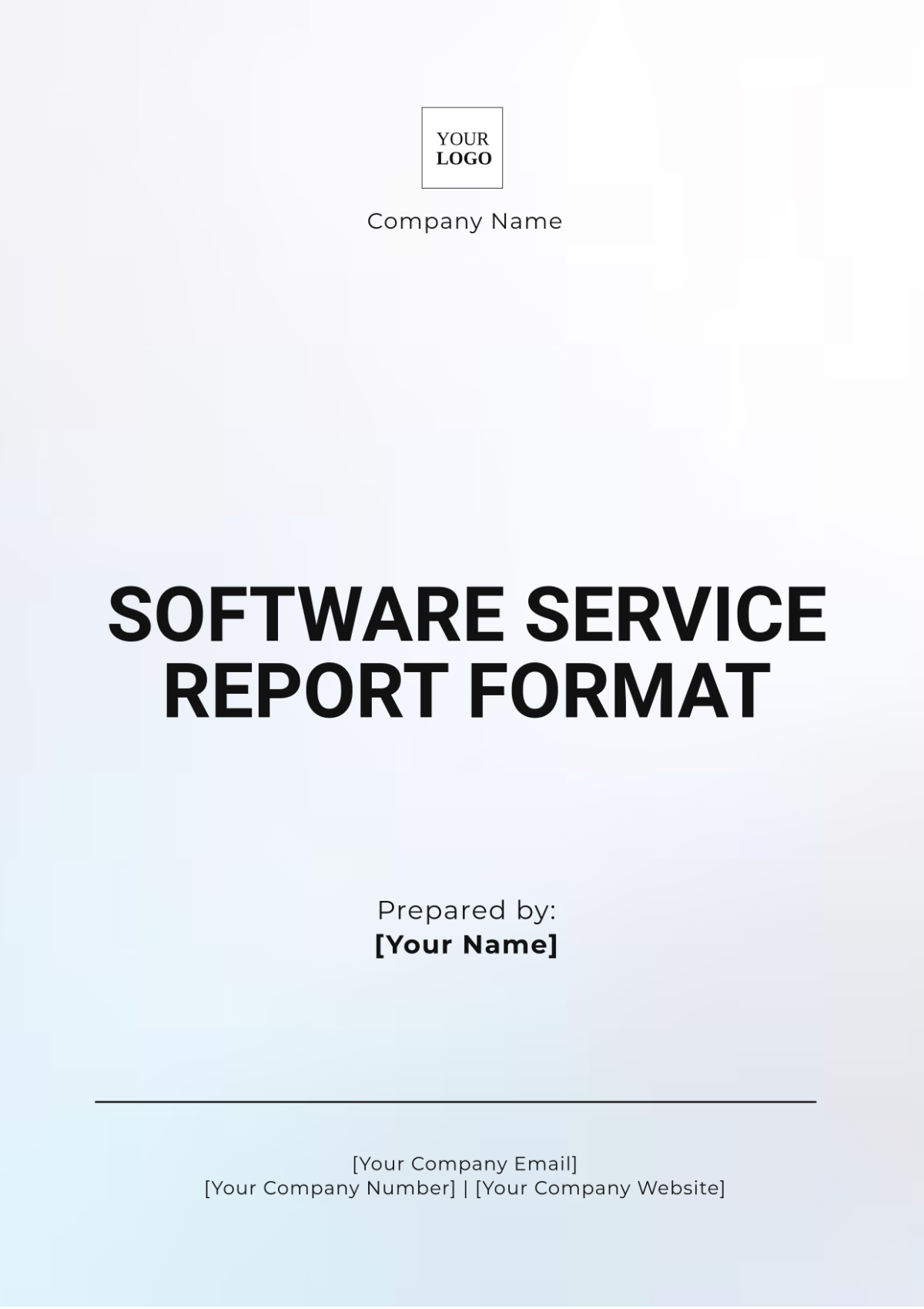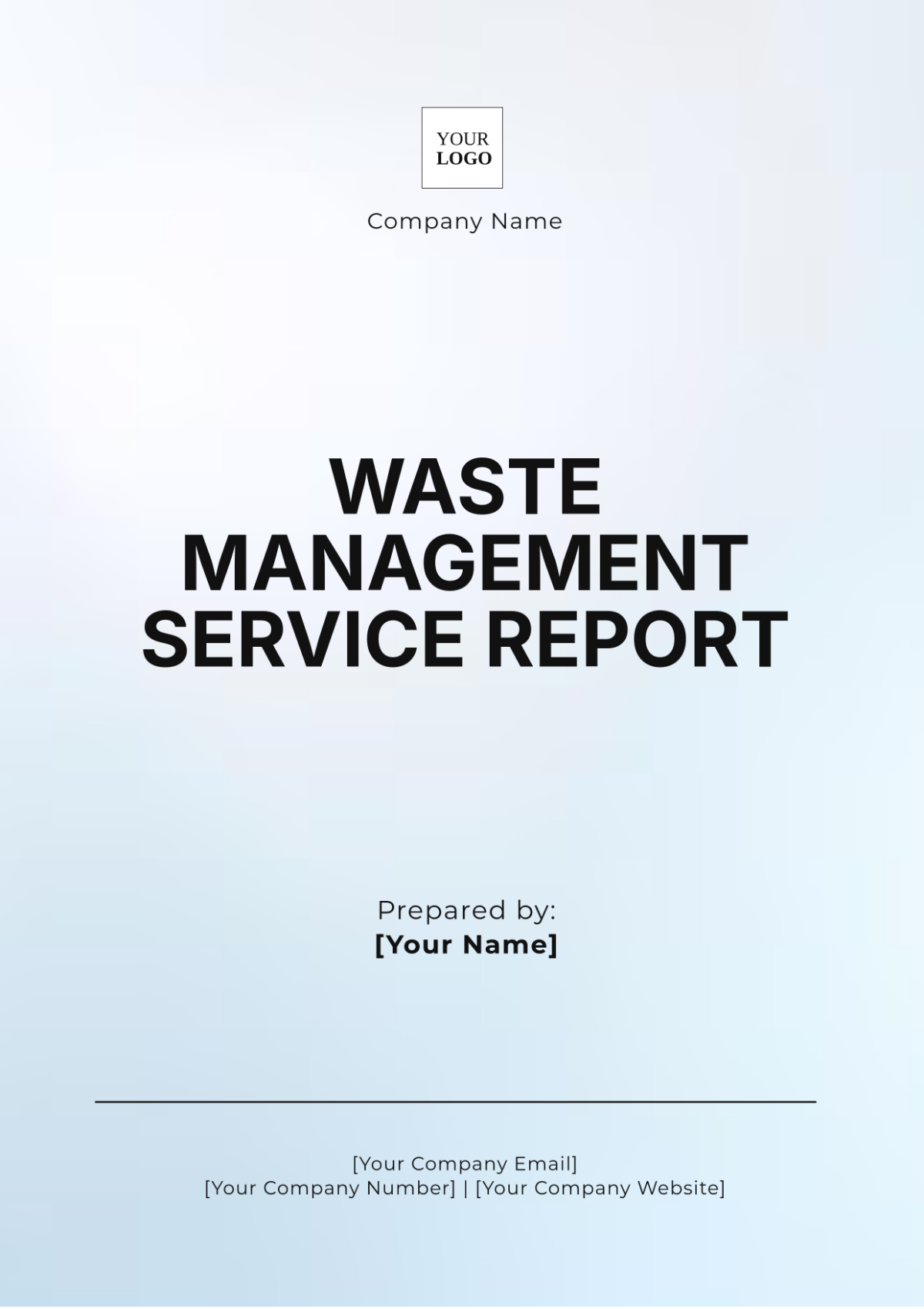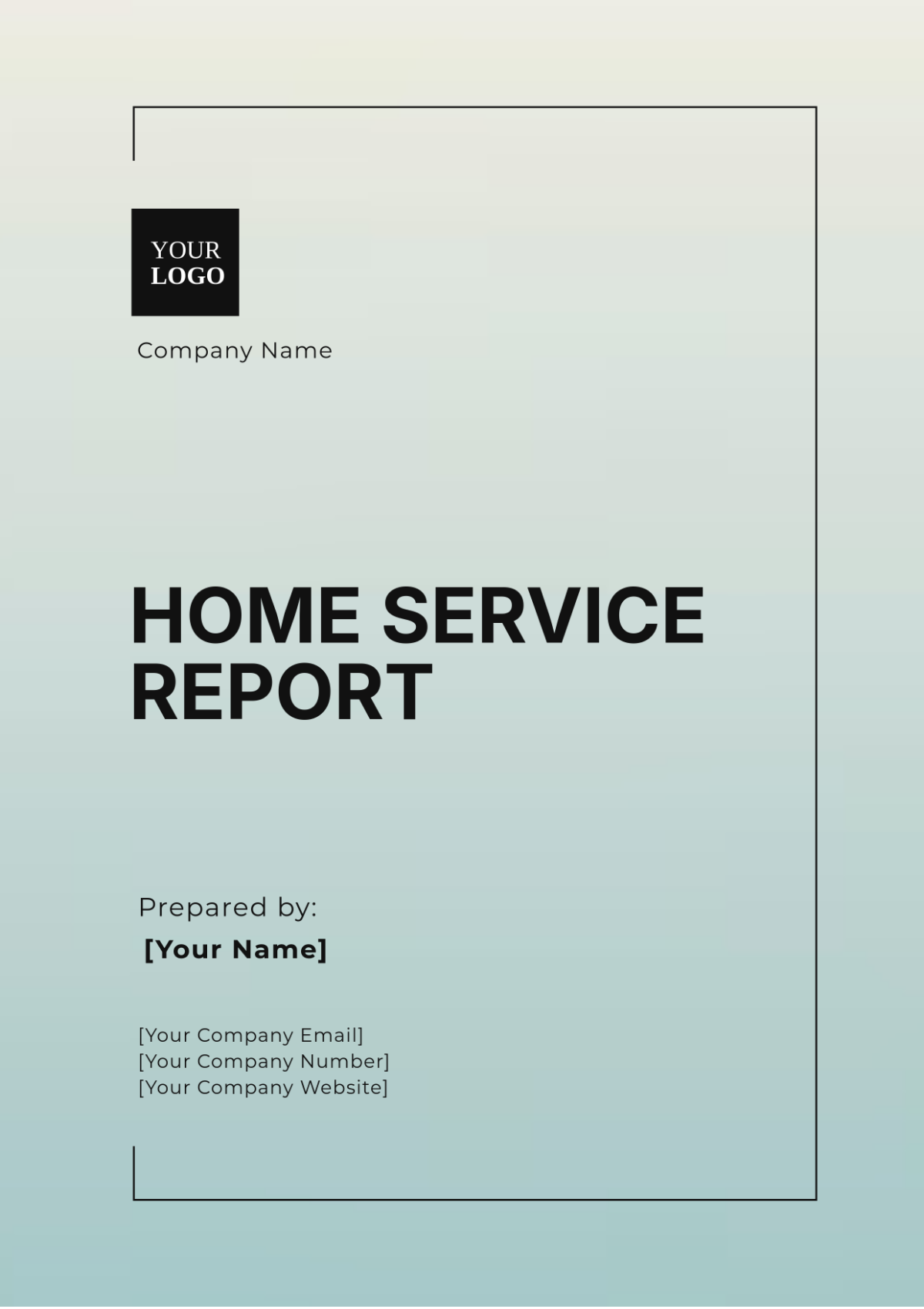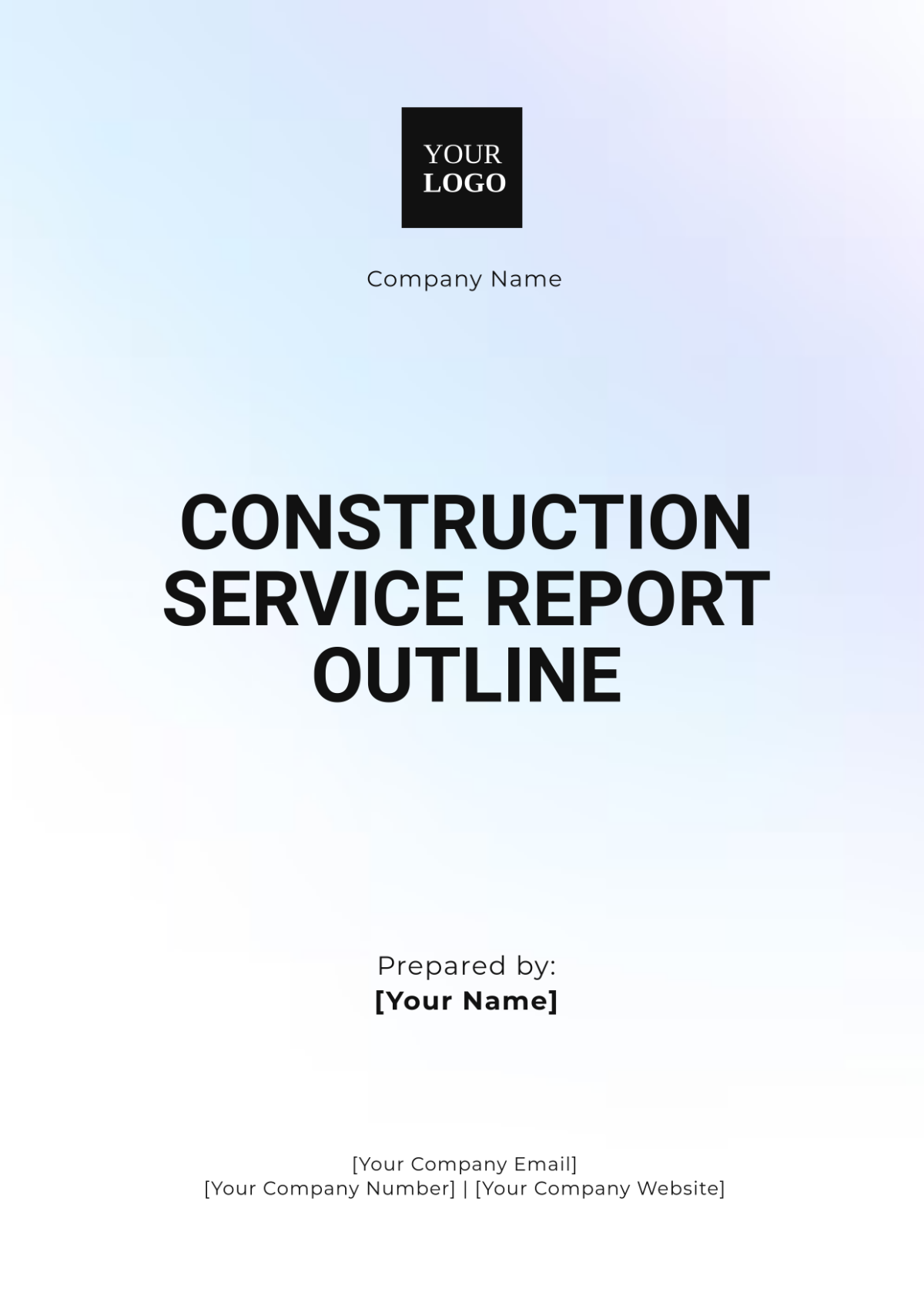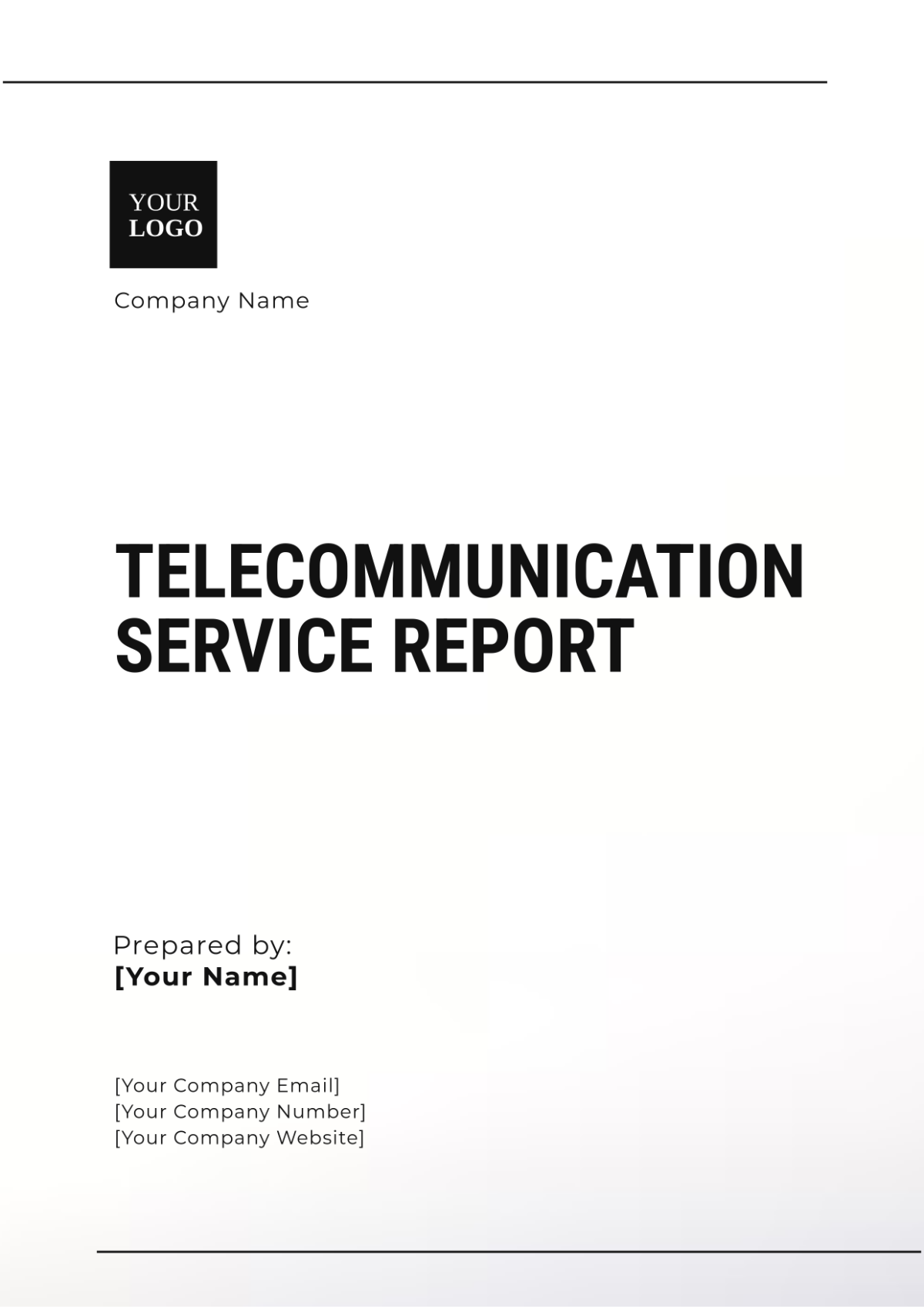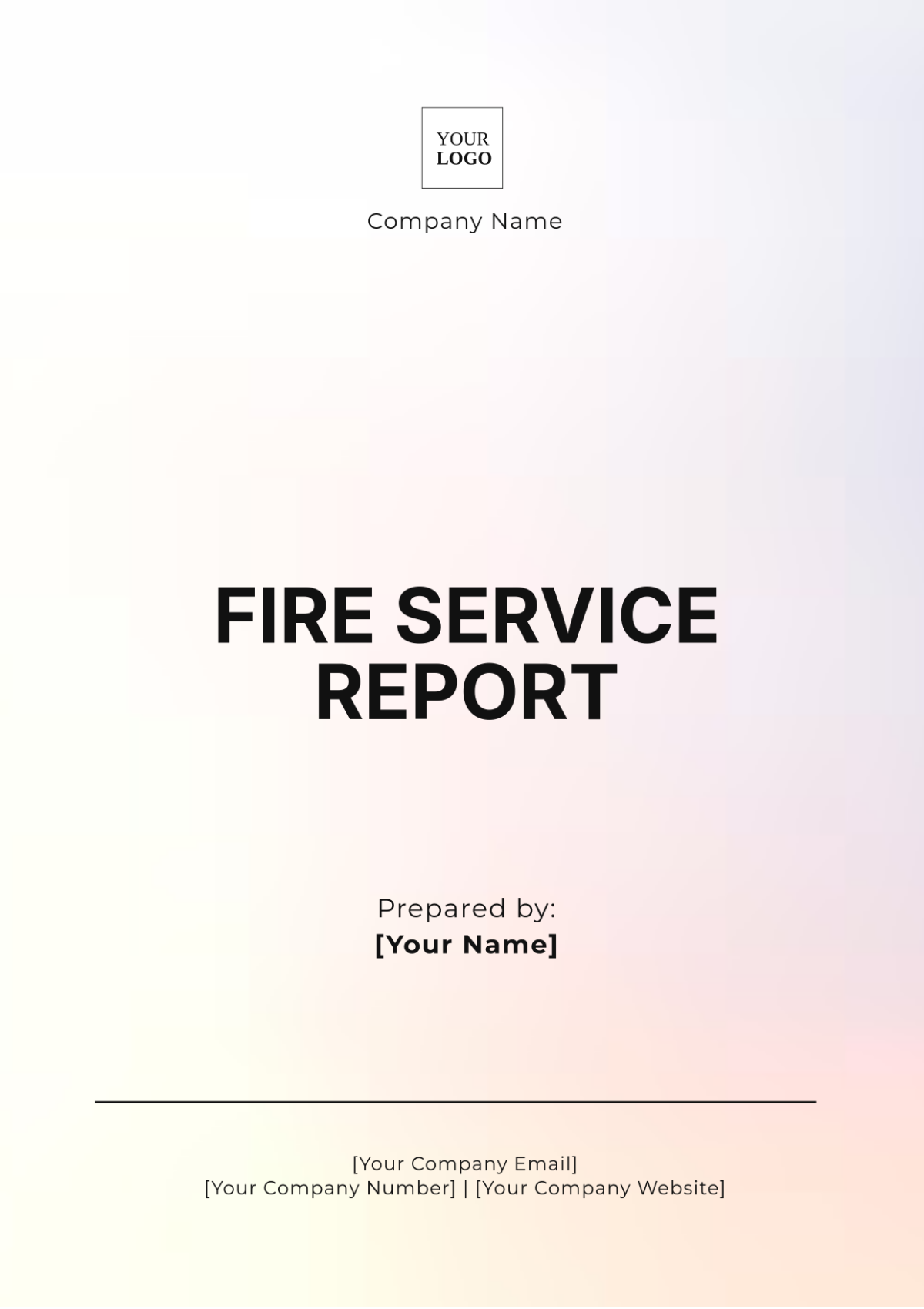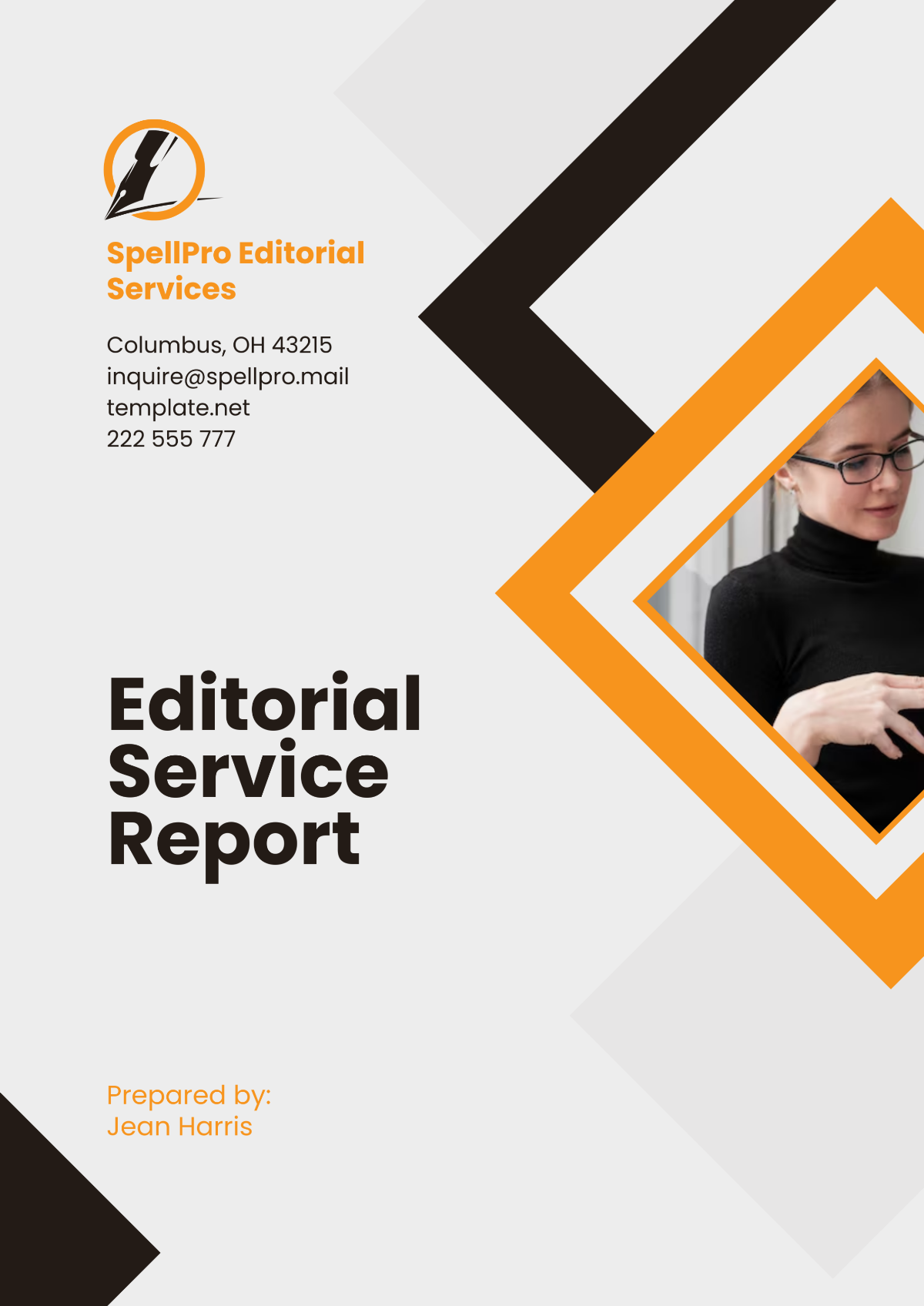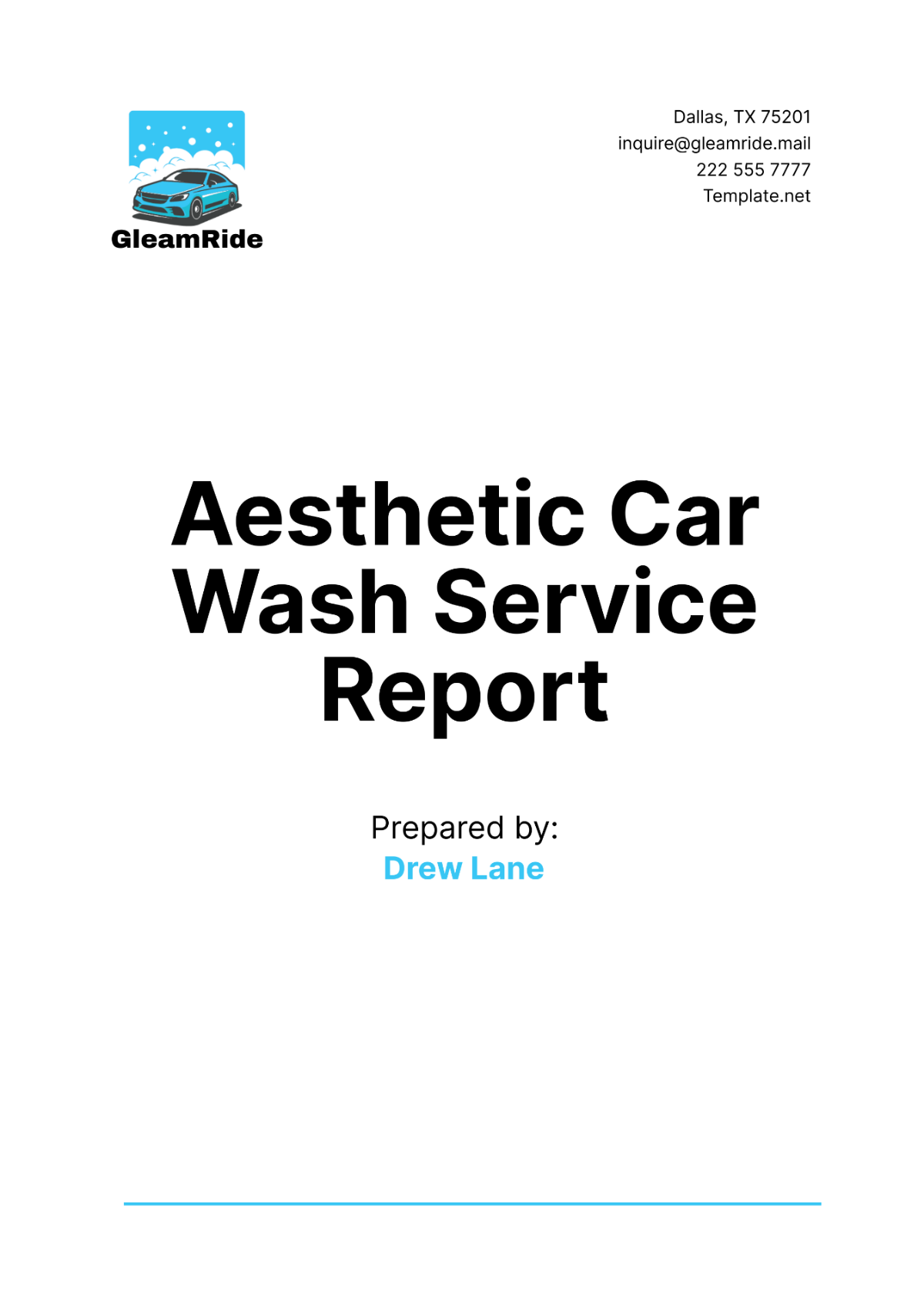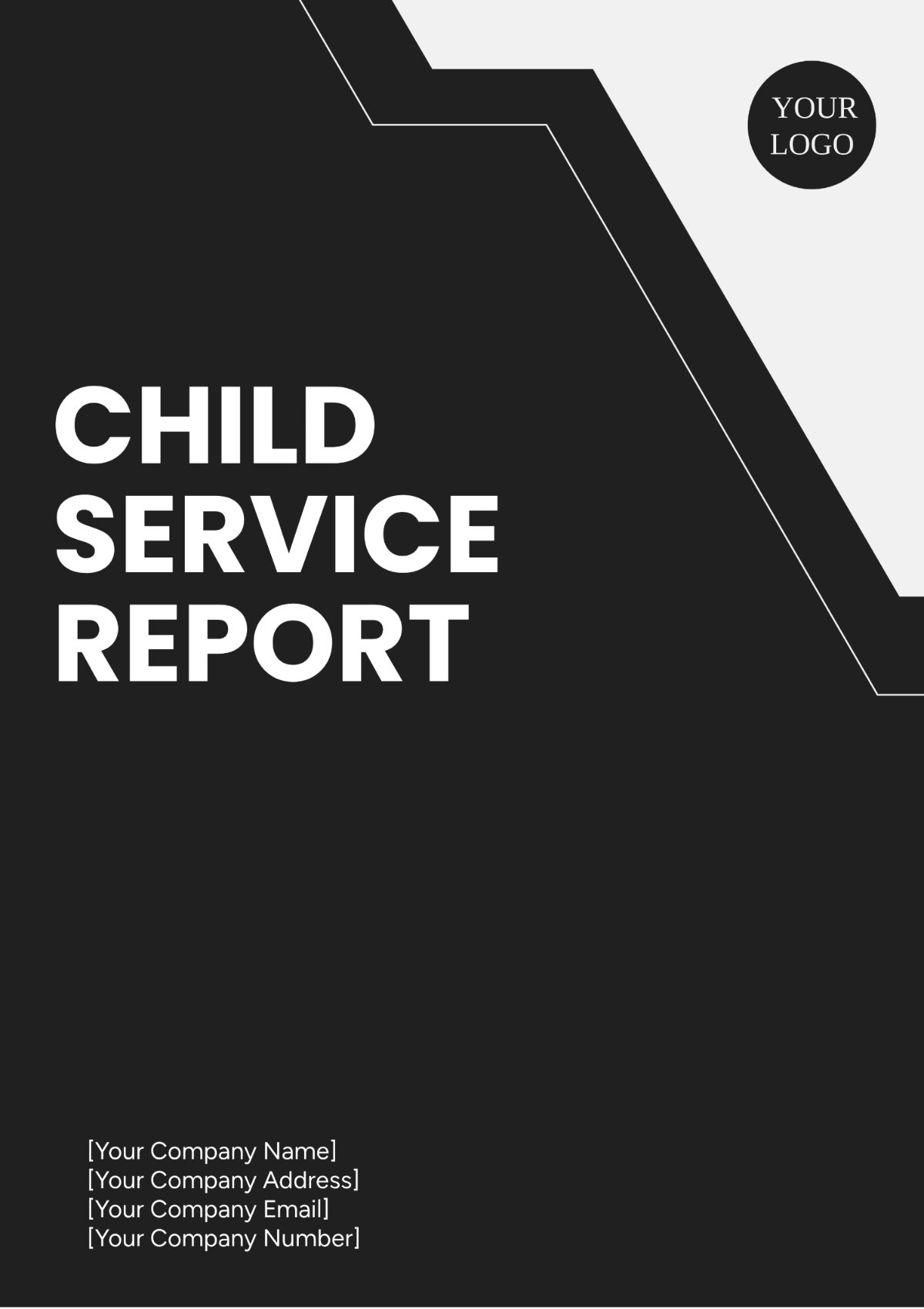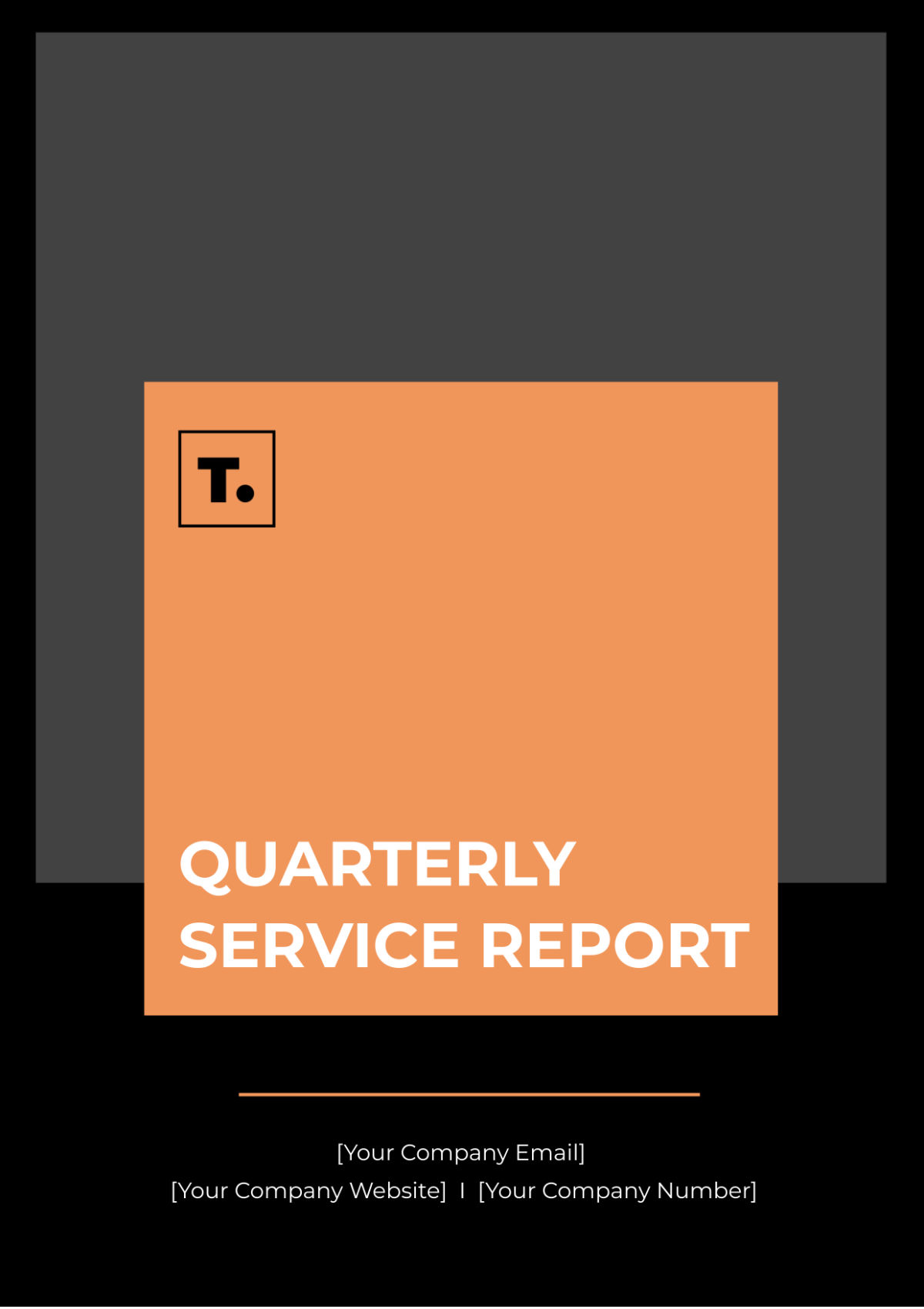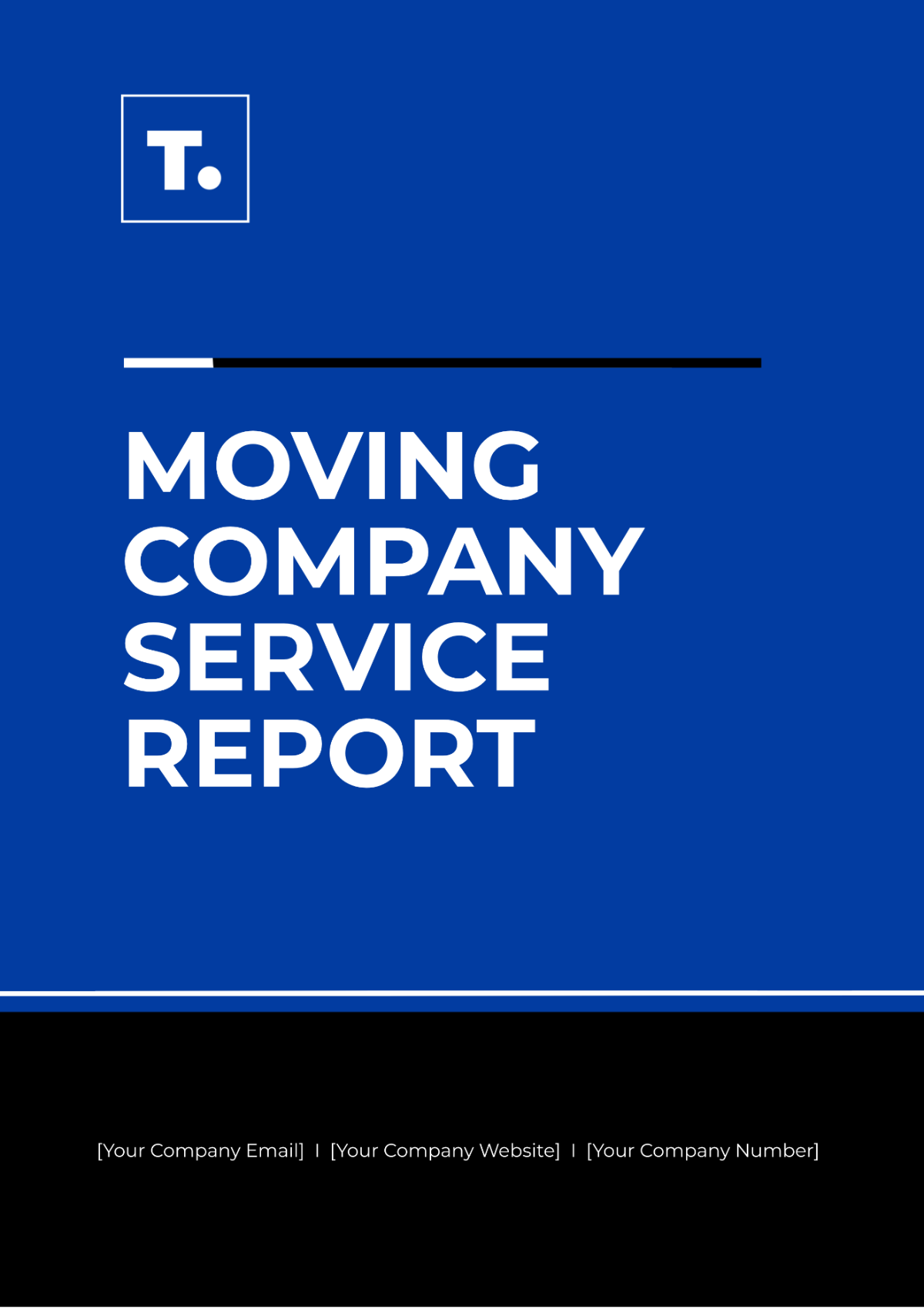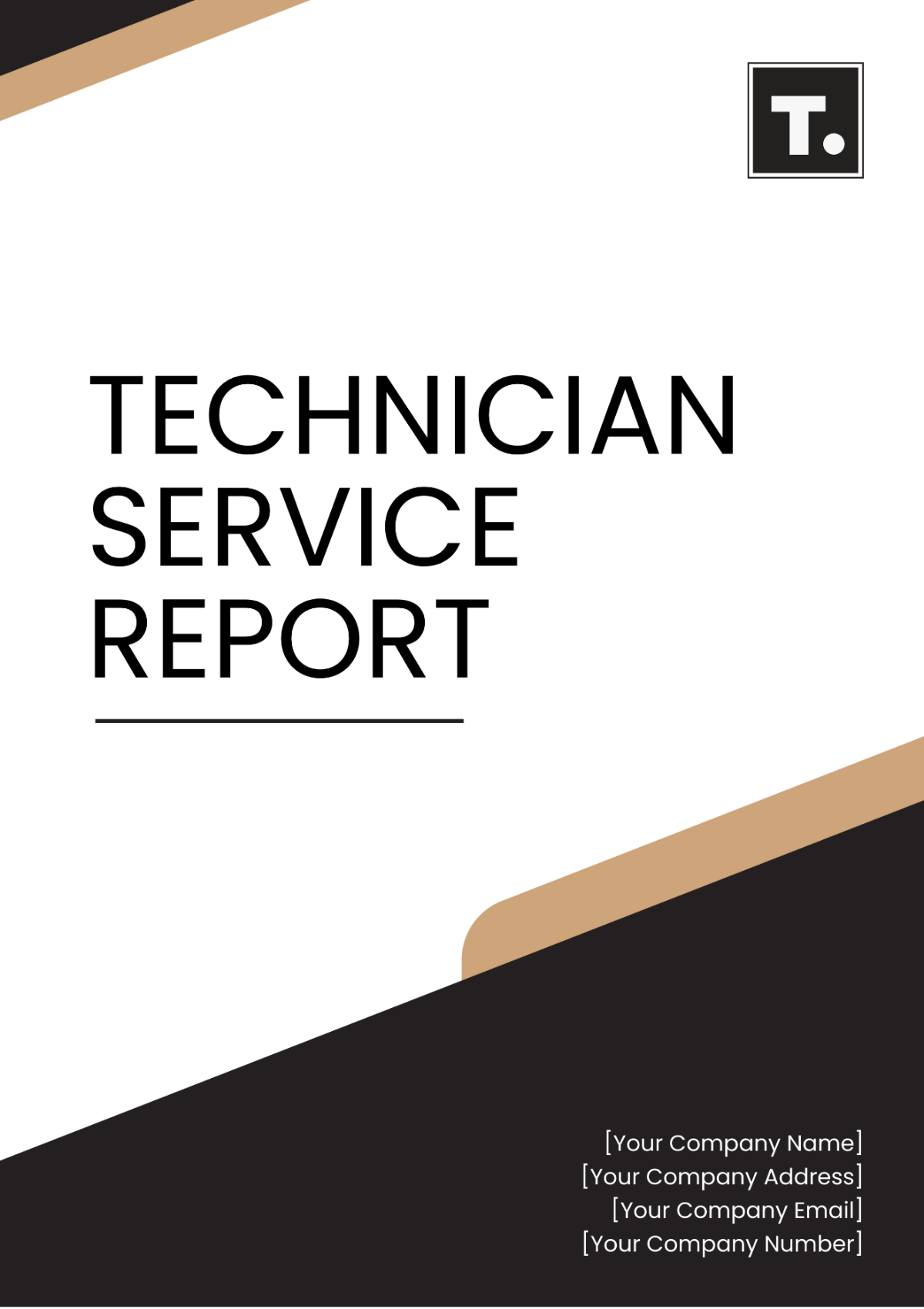Spa Service Report
I. Introduction
A. Objectives
Service Performance Evaluation: The primary objective of this report is to evaluate the performance of the spa services offered by [Your Company Name]. Understanding service quality and customer satisfaction levels will help in identifying areas of improvement.
Customer Feedback Analysis: Analyzing customer feedback to gain insights into guest experiences and preferences. This analysis is crucial for tailoring services to meet guest expectations and enhance overall satisfaction.
Operational Efficiency Assessment: Assessing the efficiency of spa operations to identify bottlenecks and areas for optimization. Streamlining operations can lead to improved service delivery and increased profitability.
B. Scope
Service Categories Covered: The report covers all major categories of spa services, including massages, facials, body treatments, and wellness packages. Each service category is analyzed to provide a comprehensive overview of performance.
Time Frame: The analysis encompasses data from the past year, from January 2050 to December 2050. This time frame allows for a thorough evaluation of trends and patterns in service performance.
Customer Demographics: The report considers feedback from a diverse demographic of guests, including different age groups, genders, and nationalities. Understanding the preferences of various guest segments helps in refining service offerings.
C. Importance of This Report
Strategic Planning: The insights gained from this report will inform strategic planning and decision-making processes. By understanding service performance, management can develop targeted strategies to enhance guest experiences and drive business growth.
Service Improvement: Identifying areas of improvement in service delivery is essential for maintaining high standards of quality. Continuous improvement initiatives based on the report's findings will contribute to long-term success.
Customer Retention: Enhancing service quality and guest satisfaction is key to building loyalty and retaining customers. Satisfied guests are more likely to return and recommend the spa to others, driving repeat business and referrals.
II. Service Performance Overview
The following table provides an overview of the utilization rates for different spa services over the past year:
Service Category | Total Sessions Conducted | Average Utilization Rate |
|---|---|---|
Massages | 3,500 | 85% |
Facials | 2,200 | 75% |
Body Treatments | 1,800 | 70% |
Wellness Packages | 1,200 | 65% |
Other Services | 800 | 60% |
Total | 9,500 | 71% |
A. Massages
With a total of 3,500 sessions and an 85% utilization rate, massages are the most popular service category. This high utilization rate indicates strong demand and guest preference for massage services. To maintain this popularity, it is essential to ensure consistent quality and availability of skilled therapists.
B. Facials
Facials, with 2,200 sessions and a 75% utilization rate, are also in high demand. The moderate utilization rate suggests room for growth, potentially through targeted promotions and customized facial treatments. Enhancing the variety of facial services can attract more guests and increase utilization.
C. Body Treatments
Body treatments have a 70% utilization rate, with 1,800 sessions conducted. This category shows steady performance but has potential for increased uptake through innovative treatments and wellness trends. Expanding the range of body treatments can attract health-conscious guests.
D. Wellness Packages
Wellness packages, with 1,200 sessions and a 65% utilization rate, indicate growing interest in holistic wellness experiences. Marketing wellness packages as comprehensive retreats can drive higher utilization and guest satisfaction.
E. Other Services
Other services, including specialty treatments, have a 60% utilization rate with 800 sessions. Identifying niche market needs and promoting these unique services can improve utilization rates.
III. Customer Satisfaction Analysis
A. Satisfaction Ratings
The following table presents the customer satisfaction ratings for different service aspects:
Service Aspect | Average Rating |
|---|---|
Overall Satisfaction | 4.5 |
Service Quality | 4.6 |
Ambiance and Cleanliness | 4.7 |
Value for Money | 4.3 |
Overall Satisfaction: Guests rated their overall satisfaction with spa services at an average of 4.5 out of 5. This high rating reflects the spa's commitment to quality and guest satisfaction.
Service Quality: The quality of services received an average rating of 4.6 out of 5. Guests appreciated the professionalism and expertise of the staff, contributing to positive experiences.
Ambiance and Cleanliness: The spa's ambiance and cleanliness were rated at 4.7 out of 5. A clean and relaxing environment is crucial for guest satisfaction and repeat visits.
Value for Money: Guests rated the value for money at 4.3 out of 5. While generally positive, this area indicates room for improvement in offering competitive pricing and value-added services.
B. Feedback Summary
Positive Feedback: Guests consistently praised the professionalism and friendliness of the staff. The relaxing ambiance and cleanliness of the spa were also highlighted as key strengths. Many guests expressed satisfaction with the variety and quality of services offered.
Areas for Improvement: Some guests suggested enhancements in booking procedures to reduce wait times. A few mentioned the need for more personalized service recommendations based on individual preferences and health conditions. Additionally, expanding the range of wellness packages and promotional offers could attract more guests.
IV. Financial Performance
A. Revenue Breakdown
The following chart and table present the revenue breakdown by service category for the past year:
Service Category | Total Revenue |
|---|---|
Massages | $350,000 |
Facials | $220,000 |
Body Treatments | $180,000 |
Wellness Packages | $120,000 |
Other Services | $80,000 |
Total | $950,000 |
Massages: Generating $350,000, massages are the highest revenue contributor. This significant revenue underscores the importance of maintaining high service standards and exploring opportunities for premium massage offerings.
Facials: With $220,000 in revenue, facials are the second highest revenue-generating service. Expanding facial treatments and introducing advanced skincare solutions can further boost revenue in this category.
Body Treatments: Body treatments generated $180,000, indicating a steady revenue stream. Introducing seasonal promotions and themed treatments can attract more guests and increase revenue.
Wellness Packages: Wellness packages, with $120,000 in revenue, show potential for growth. Bundling services and offering personalized wellness plans can drive higher sales and guest satisfaction.
Other Services: Other services contributed $80,000 to the total revenue. Highlighting the uniqueness and benefits of these services in marketing campaigns can improve awareness and revenue.
B. Financial Insights
Revenue Growth Strategies: Implementing targeted marketing campaigns for high-revenue services can drive further growth. Highlighting the benefits and unique features of these services in promotional materials can attract more customers.
Cost Management: Monitoring operational costs closely to ensure profitability. Effective cost management strategies, such as optimizing resource allocation and reducing waste, can enhance financial performance.
Service Diversification: Exploring opportunities for service diversification to create new revenue streams. Introducing innovative and trending wellness services can attract a wider customer base.
Customer Loyalty Programs: Implementing customer loyalty programs to encourage repeat visits. Rewarding loyal customers with exclusive offers and discounts can increase customer retention and revenue.
V. Operational Efficiency
A. Staff Productivity
Staff Training Programs: Investing in comprehensive training programs to enhance staff skills and service delivery. Well-trained staff contribute to higher productivity and guest satisfaction.
Performance Metrics: Implementing performance metrics to monitor and evaluate staff productivity. Regular assessments help in identifying areas for improvement and recognizing top performers.
Scheduling Optimization: Optimizing staff schedules to ensure adequate coverage during peak hours. Efficient scheduling minimizes wait times and enhances guest experiences.
Resource Allocation: Allocating resources effectively to match service demand. Ensuring the availability of essential supplies and equipment supports smooth operations.
B. Process Improvements
Streamlined Booking Systems: Implementing advanced booking systems to streamline the reservation process. Efficient booking systems reduce wait times and enhance guest convenience.
Inventory Management: Adopting inventory management systems to ensure the availability of essential supplies. Effective inventory control supports smooth operations and cost efficiency.
Service Protocols: Establishing standardized service protocols to ensure consistency across all touchpoints. Consistent service delivery builds trust and loyalty among guests.
Technology Integration: Integrating advanced technologies to enhance service delivery and guest experiences. Innovative technologies create unique and memorable experiences for guests.
VI. Marketing and Promotion
A. Target Audience
Demographic Analysis: Conducting demographic analysis to understand the target audience. Identifying key customer segments helps in tailoring marketing campaigns to attract the right audience.
Market Trends: Analyzing market trends to stay updated with industry developments. Understanding trends enables the spa to offer services that are in demand and attract more guests.
Customer Preferences: Gathering insights into customer preferences through surveys and feedback. Understanding preferences helps in creating personalized marketing messages and promotions.
Competitive Analysis: Conducting competitive analysis to identify strengths and weaknesses of competitors. Competitive insights inform marketing strategies and help in differentiating the spa’s offerings.
B. Promotional Strategies
Seasonal Promotions: Implementing seasonal promotions to attract guests during peak and off-peak seasons. Seasonal offers create urgency and drive bookings.
Social Media Marketing: Utilizing social media platforms to engage with potential customers. Social media campaigns can increase brand awareness and attract a wider audience.
Partnerships and Collaborations: Forming partnerships with local businesses and influencers to promote the spa. Collaborations can enhance visibility and reach new customer segments.
Loyalty Programs: Developing loyalty programs to reward repeat customers. Exclusive offers and discounts for loyal customers can increase retention and revenue.
VII. Guest Experience
A. Personalized Service
Guest Profiles: Creating detailed guest profiles to understand preferences and personalize services. Personalized services enhance guest satisfaction and loyalty.
Customized Treatments: Offering customized treatments based on individual needs and health conditions. Personalized treatments provide unique and tailored experiences.
Guest Communication: Maintaining effective communication with guests to understand their needs and expectations. Proactive communication builds trust and ensures guest satisfaction.
Feedback Utilization: Utilizing guest feedback to continuously improve service delivery. Guest insights inform service enhancements and innovation.
B. Service Recovery
Complaint Resolution: Implementing efficient complaint resolution mechanisms to address guest concerns promptly. Timely resolution of issues enhances guest satisfaction and trust.
Follow-Up Procedures: Establishing follow-up procedures to ensure guest concerns are addressed effectively. Regular follow-ups demonstrate commitment to guest satisfaction.
Compensation Policies: Developing compensation policies to provide appropriate remedies for service lapses. Fair compensation policies contribute to guest retention and loyalty.
Training Programs: Conducting training programs to equip staff with service recovery skills. Skilled staff can handle guest complaints effectively and ensure positive outcomes.
VIII. Recommendations
A. Service Quality Enhancement
Staff Training Initiatives: Implementing advanced training programs to enhance staff skills and service delivery. Well-trained staff contribute to higher service quality and guest satisfaction.
Service Protocols: Establishing standardized service protocols to ensure consistency across all touchpoints. Consistent service delivery builds trust and loyalty among guests.
Guest Feedback Mechanisms: Enhancing guest feedback mechanisms to capture comprehensive insights. Continuous feedback collection informs service improvements and innovation.
Service Customization: Offering customized services based on guest preferences and health conditions. Personalized services enhance guest experiences and satisfaction.
B. Operational Improvements
Booking System Upgrades: Upgrading booking systems to streamline the reservation process and reduce wait times. Efficient booking systems enhance guest convenience and satisfaction.
Inventory Management: Implementing advanced inventory management systems to ensure the availability of essential supplies. Effective inventory control supports smooth operations and cost efficiency.
Resource Allocation: Optimizing resource allocation to match service demand and ensure adequate coverage during peak hours. Efficient resource management enhances operational efficiency.
Technology Integration: Integrating advanced technologies to enhance service delivery and guest experiences. Innovative technologies create unique and memorable experiences for guests.
C. Financial Strategies
Revenue Management: Implementing revenue management strategies to optimize pricing and maximize revenue. Dynamic pricing and promotional offers drive bookings and profitability.
Cost Control Measures: Adopting cost control measures to reduce operational expenses and improve profitability. Efficient resource management and process optimization contribute to cost savings.
Revenue Diversification: Exploring opportunities for revenue diversification through new services and partnerships. Expanding service offerings and collaborations increase revenue streams.
Financial Performance Monitoring: Regularly monitoring financial performance to identify trends and areas for improvement. Financial analysis informs strategic decision-making and ensures business growth.
IX. Conclusion
The Service Report of [Your Company Name] provides valuable insights into the performance, operational efficiency, and guest satisfaction of our spa services. The analysis highlights areas of strength and opportunities for improvement, guiding our efforts to enhance service quality and drive business growth.
By implementing the recommendations outlined in this report, we can achieve significant improvements in service delivery, operational efficiency, and financial performance. Focusing on service quality enhancement, operational improvements, and financial strategies will ensure that we continue to provide exceptional spa experiences to our guests.
This report serves as a roadmap for our teams, guiding them in their efforts to provide outstanding service and create memorable experiences for our guests. Through strategic planning and effective execution, we are committed to achieving our goals and ensuring a successful year ahead.
